Whether featured as a fireplace surround or on a home's exterior, stone veneer adds flair full of texture and character. While MACA exclusively provides customers with natural stone, most other veneers available on the market are not true pieces of ultra-thin slate, marble, or sandstone. On the contrary, these other veneers are made from molds containing concrete mixed with iron oxides in an attempt to mimic the look of real stone.
Instead of going faux, you can affordably give your home high-end style with the real thing. Many homeowners and designers prefer natural stone because it comes with so many benefits -- appearance, texture, durability. But why should you choose MACA's stone products over traditionally thick stone slabs?
For one thing, natural stone veneer is a lighter, more convenient alternative to the thick slabs, and most home installations are far easier to accomplish with MACA products. Let's explore the differences and discover why thin stone veneer is a less expensive, more eco-friendly and far easier option than traditional stone.

One of the best attributes of traditional slabs is a robust beauty that also provides the illusion of a space made entirely out of natural stone. Slabs are typically 4 inches thick, and that large size provides depth and dimension. However, the thicker natural stone is extremely heavy, which can limit its potential areas of application, and typically makes it not suitable for DIY projects.
And not only does the heavier material take more time and effort to lift, cut, ship and handle, but it can also become time-consuming to sort and fit the pieces of stone together correctly like a large puzzle. As a result, you can definitely expect to pay more for labor when dealing with traditional stone slabs, which adds up quickly. Slabs are used where their thickness and weight are properly supported, and the bulkier style makes it more difficult to install in smaller spaces.
MACA's ultra-thin, ultra-light veneers have all the texture and durability of natural stone, but are easy to install on your own, typically require no cutting or extra prepping, and are offered in multiple sizes to suit any sort of project, big or small.
In addition, because so many different types of natural stone can be used for the thin size needed for the veneer, there are a wider variety of colors, textures, and sizes to suit distinct styles. From sleek and modern to earthen and rustic, you will find a MACA product to go with any design style.
Let's not forget that natural stone veneers don’t use harmful chemicals that pollute the environment, thereby scoring big on the sustainability scale. Today, advancements in technology mean that the methods of stone extraction, quarrying and fabrication are carried out in an environmentally-friendly process.
In fact, natural stone veneers are the perfect example for recycled and salvaged stone: they are made from small pieces of natural stone slabs using an eco-friendly peeling process.

Natural stone veneers also come with many other benefits -- a beautiful appearance, detailed texture, and excellent durability. The type of project may dictate your decision, but the thinner stone façade offers additional flexibility in terms of application and installation you will not find with traditional slabs.
 Log in
Log in
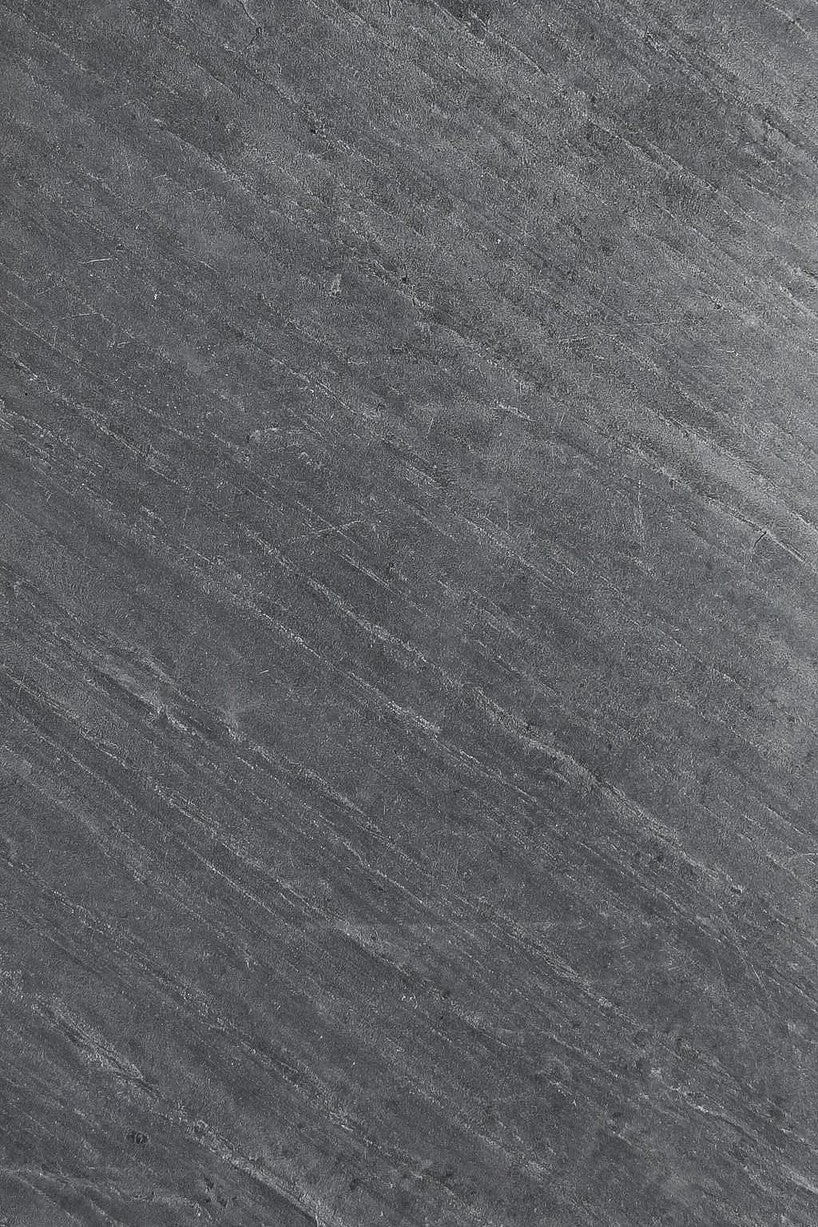
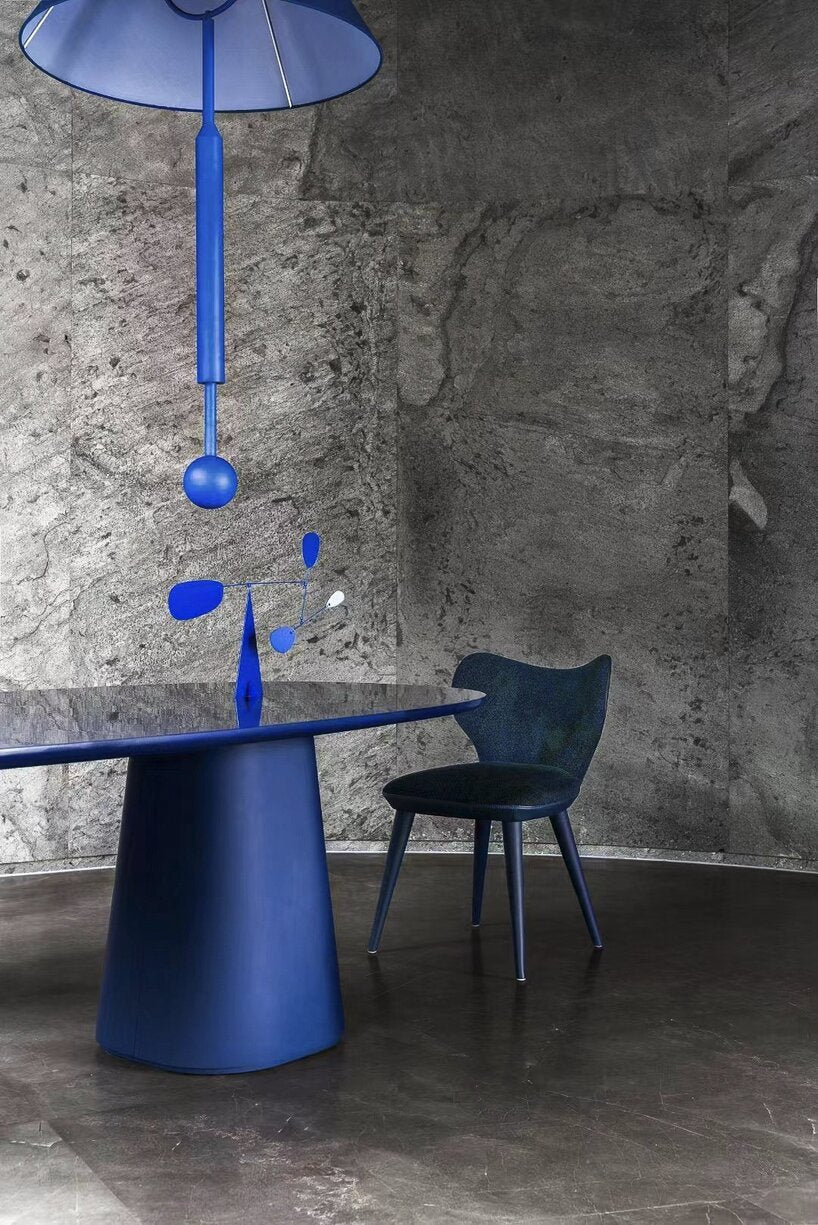
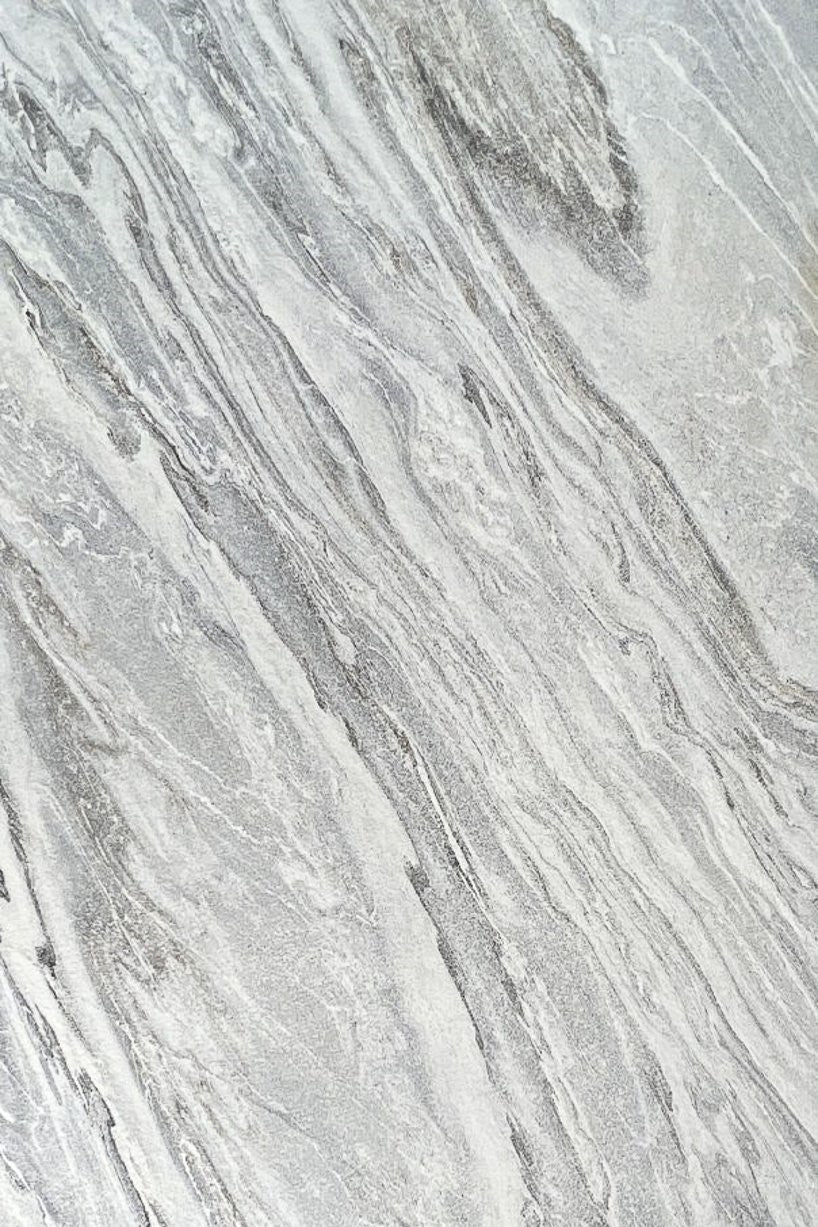

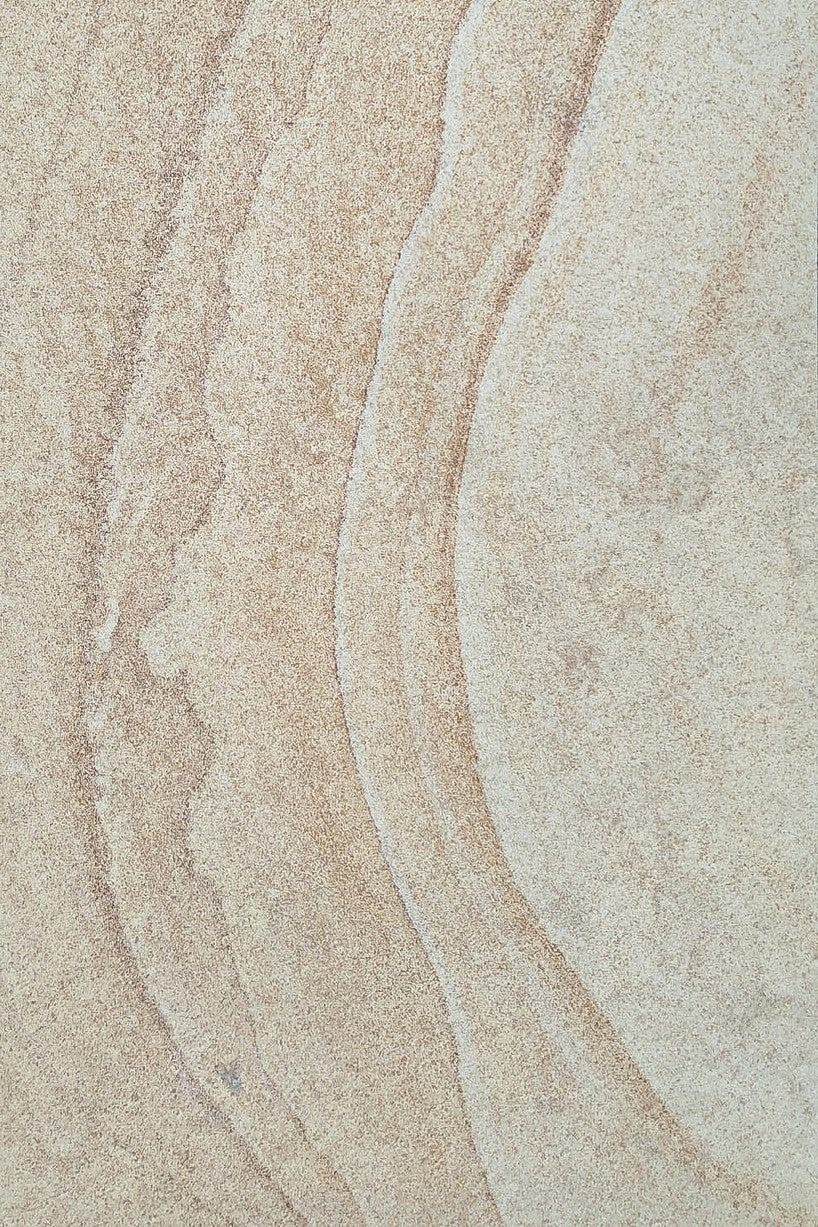
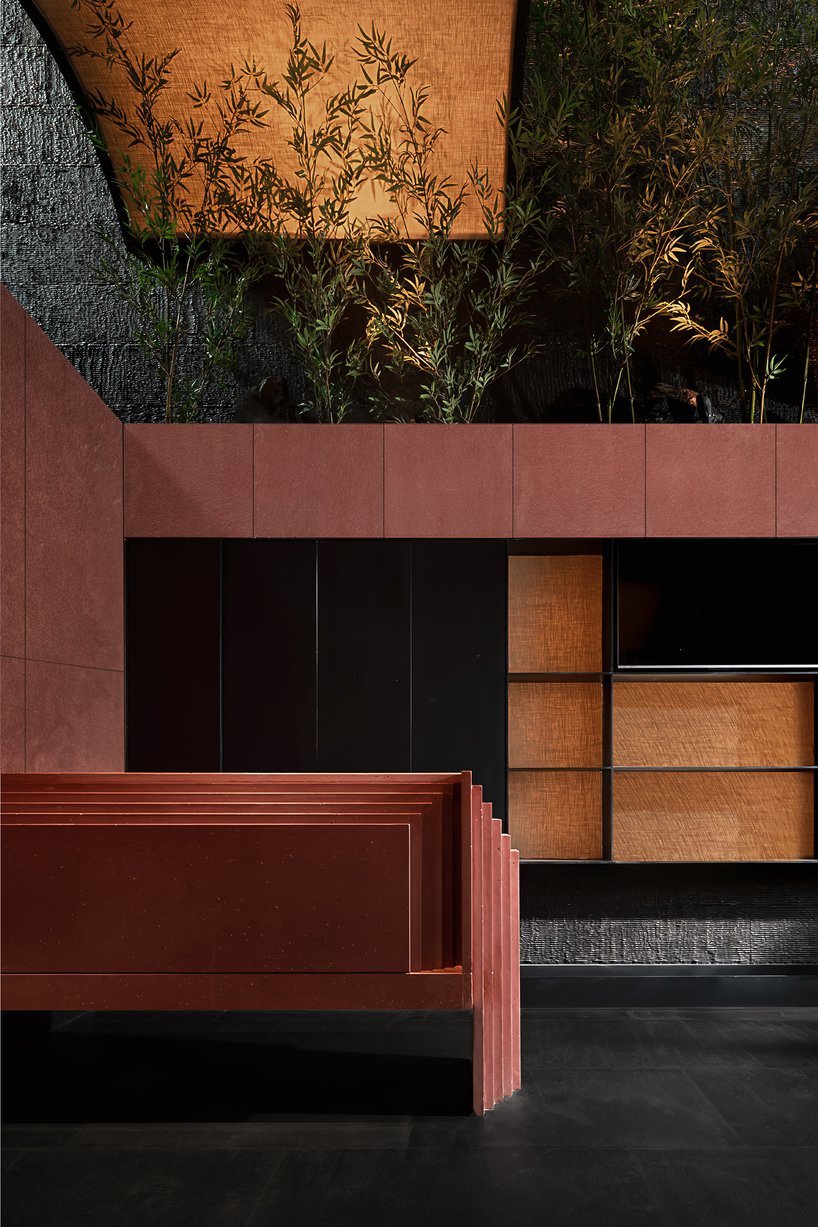
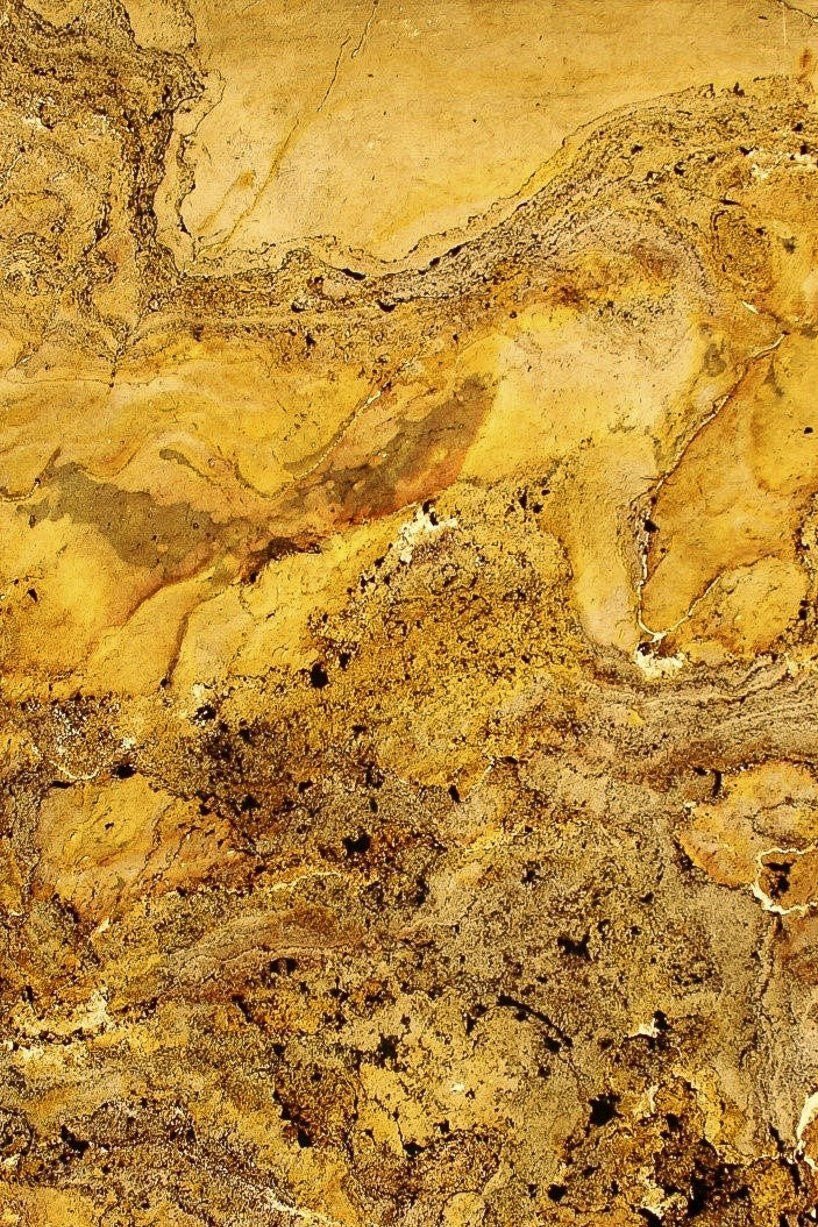

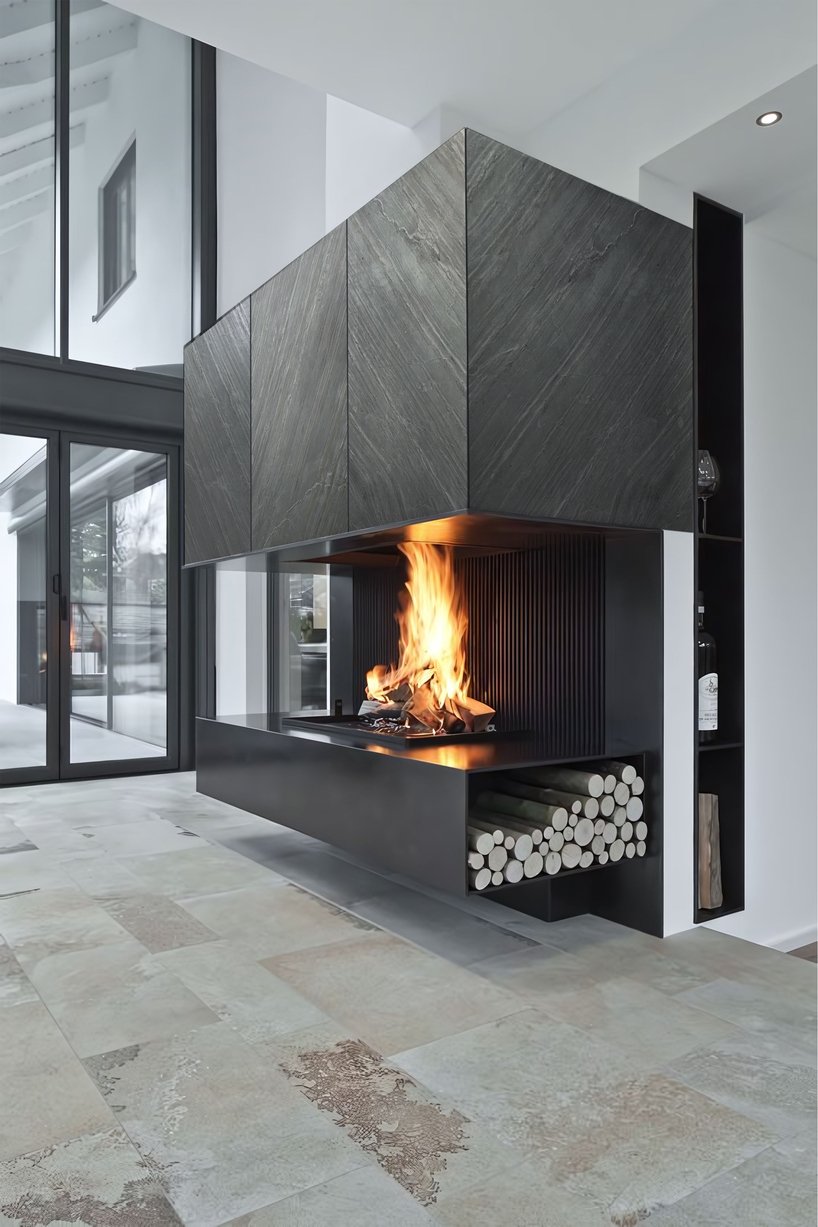
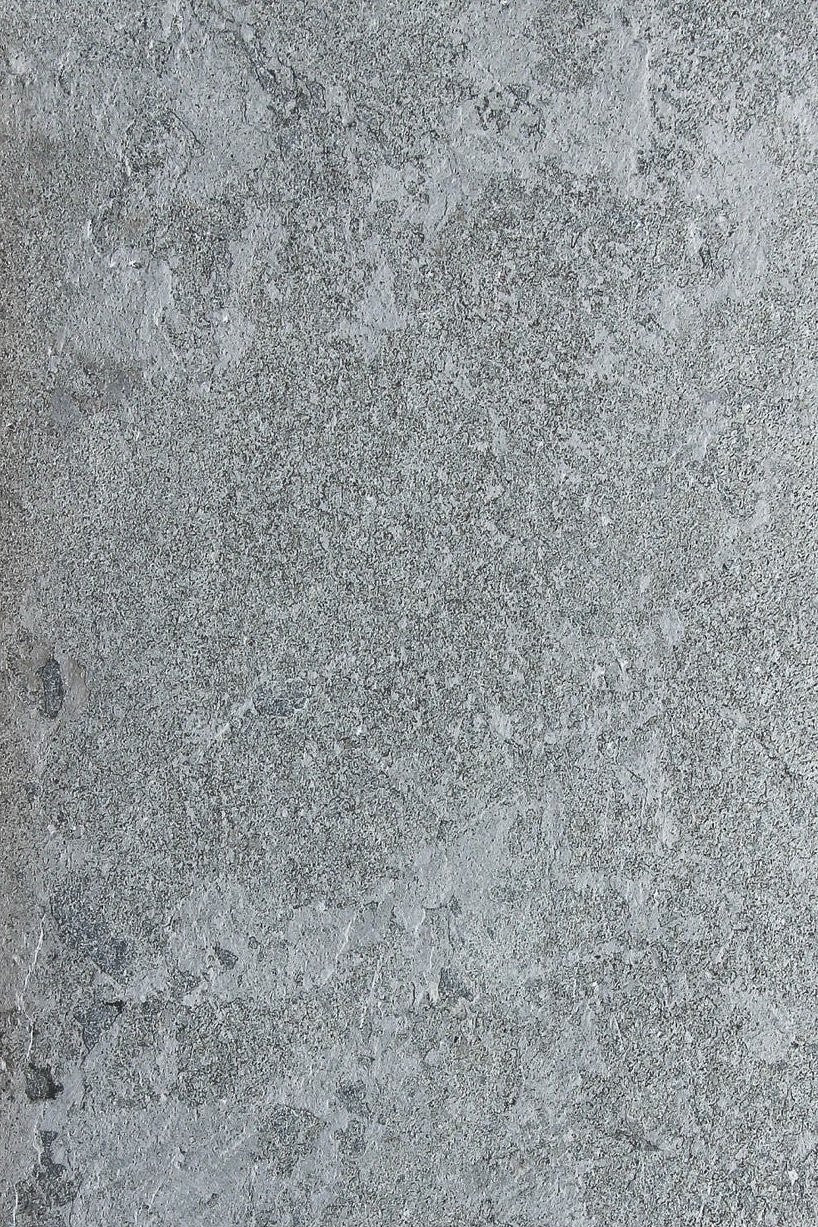
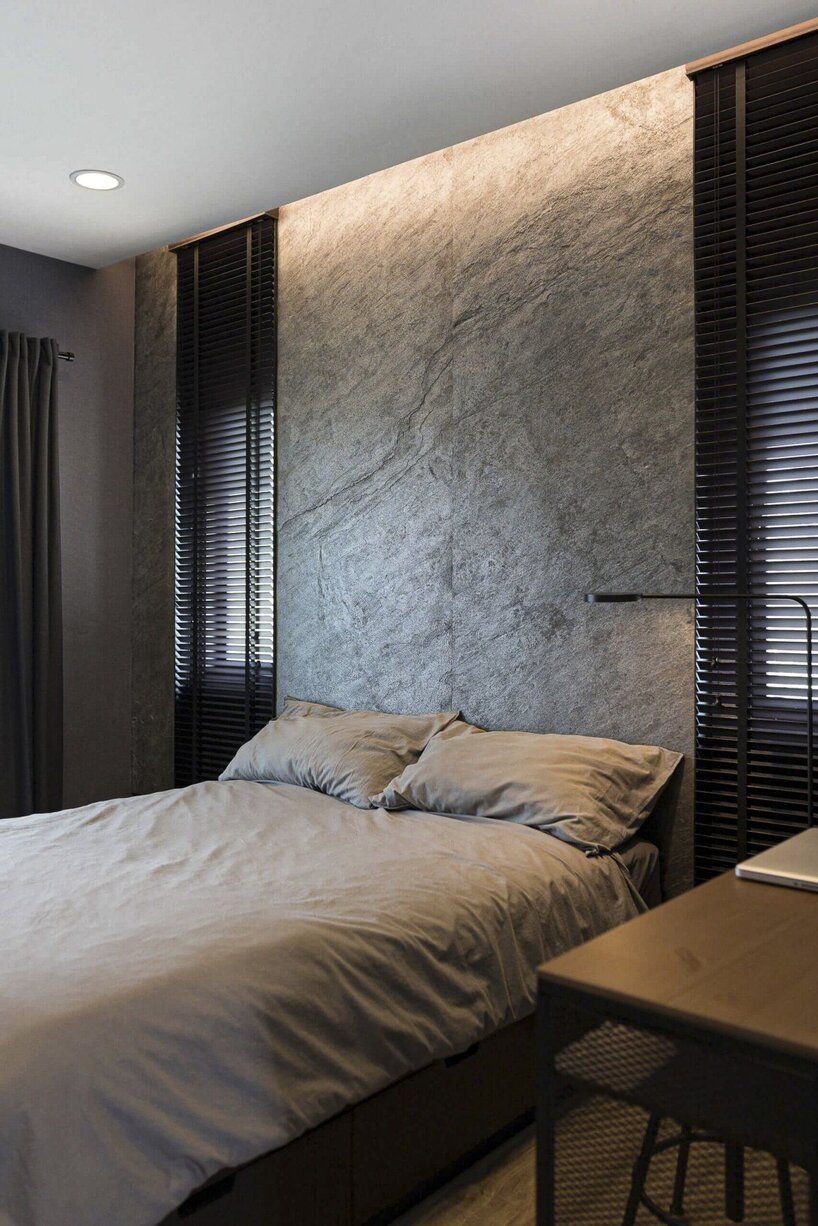
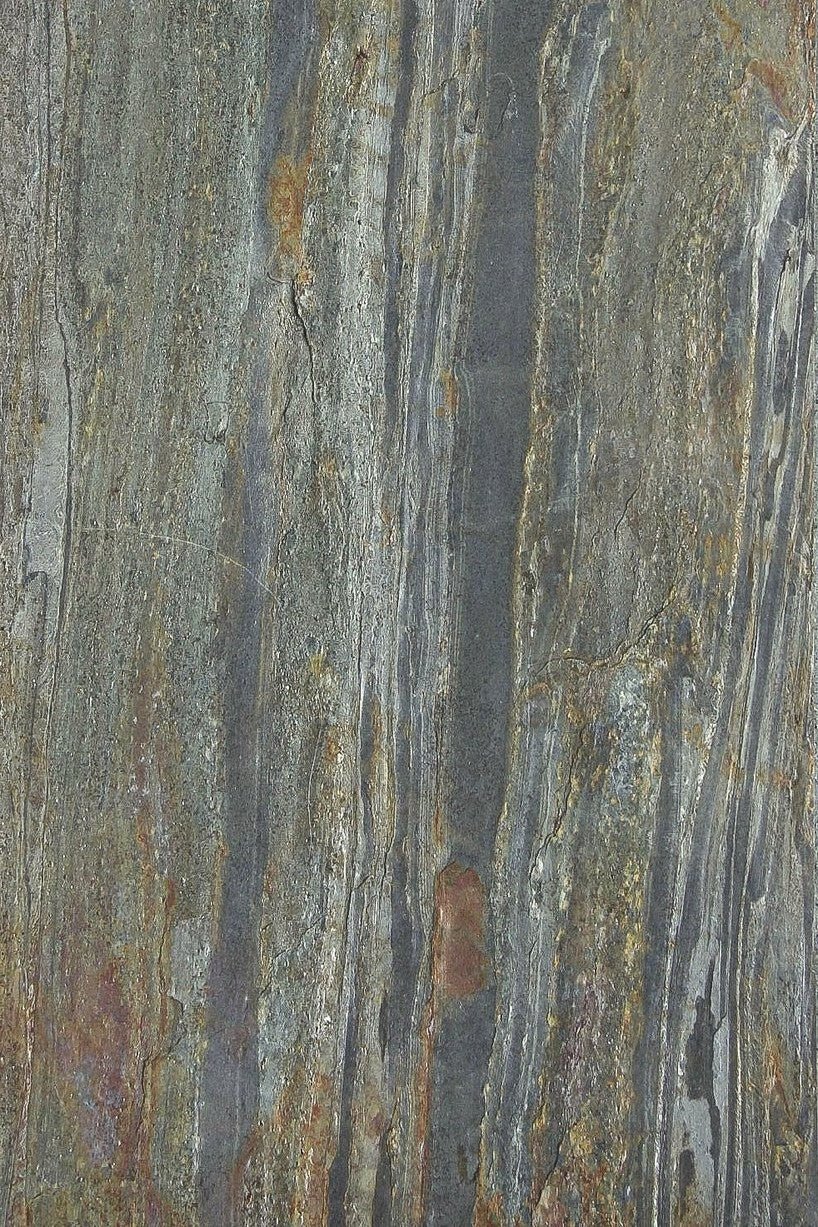
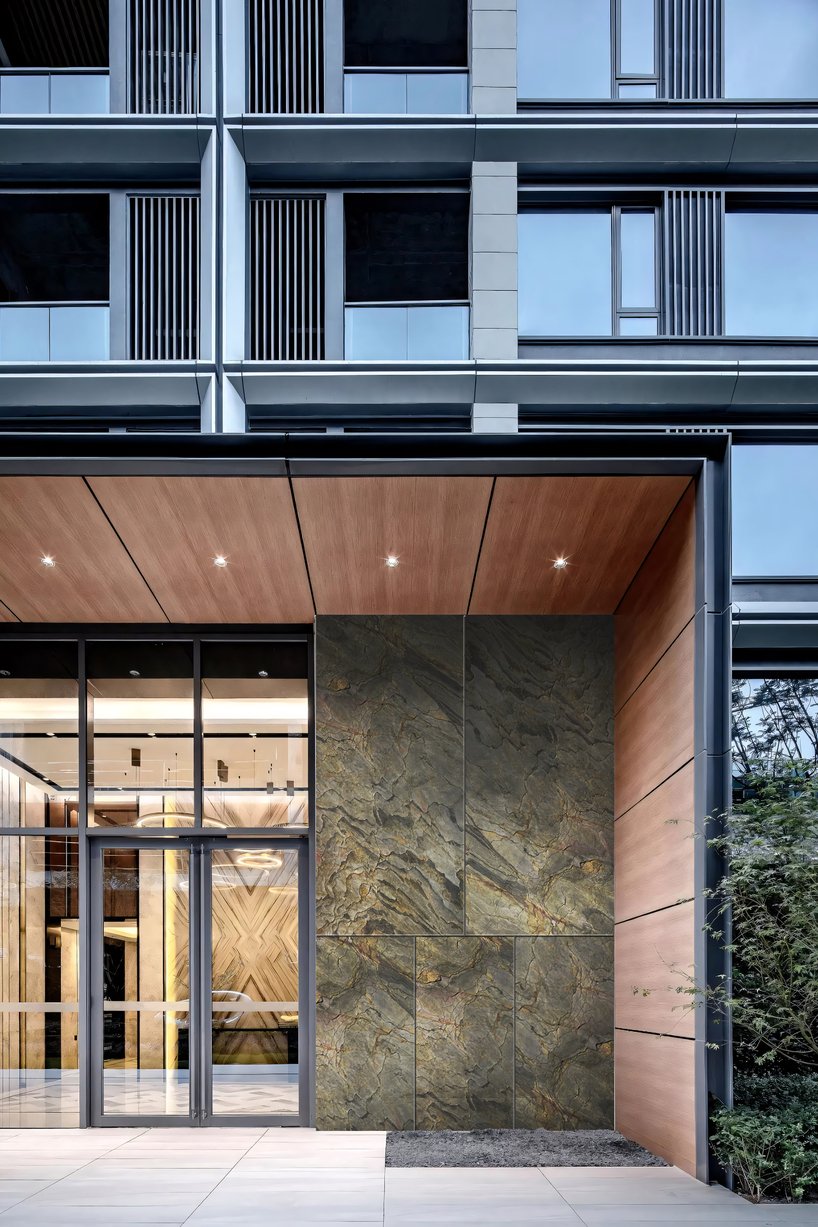
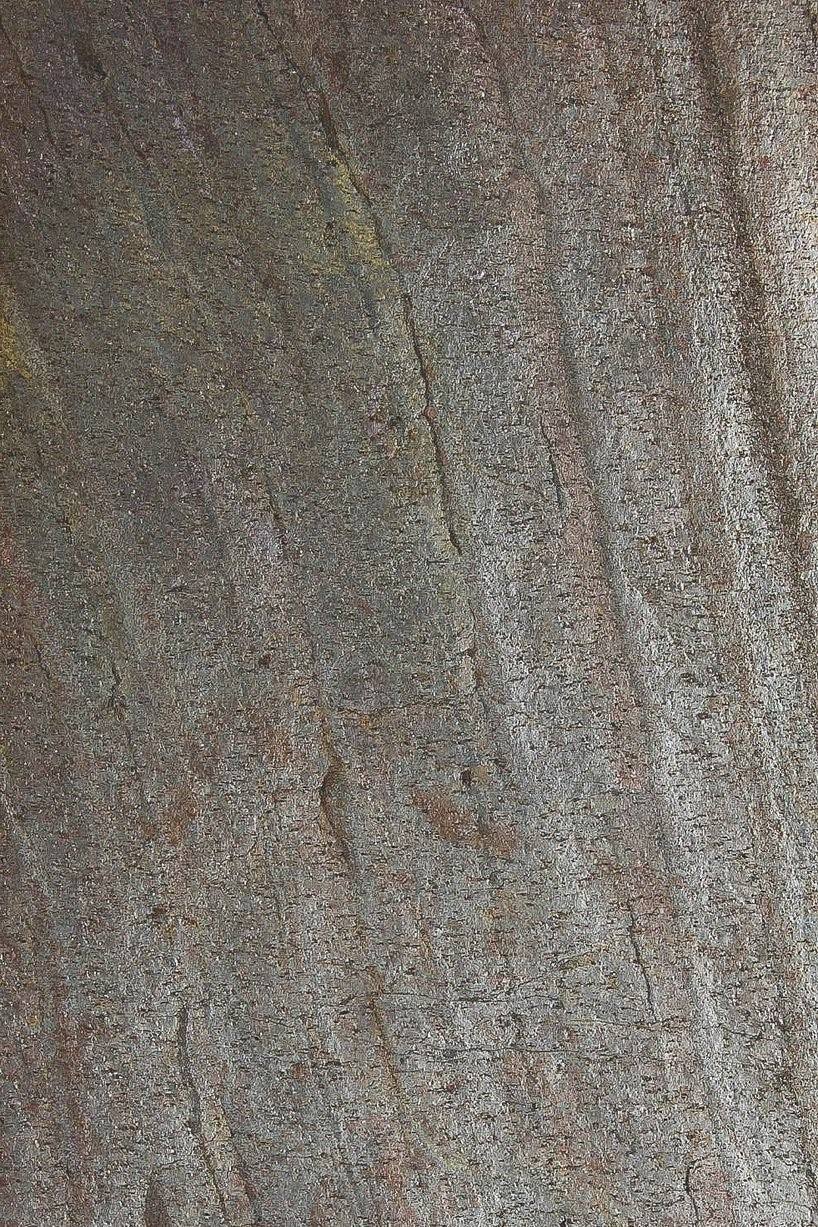
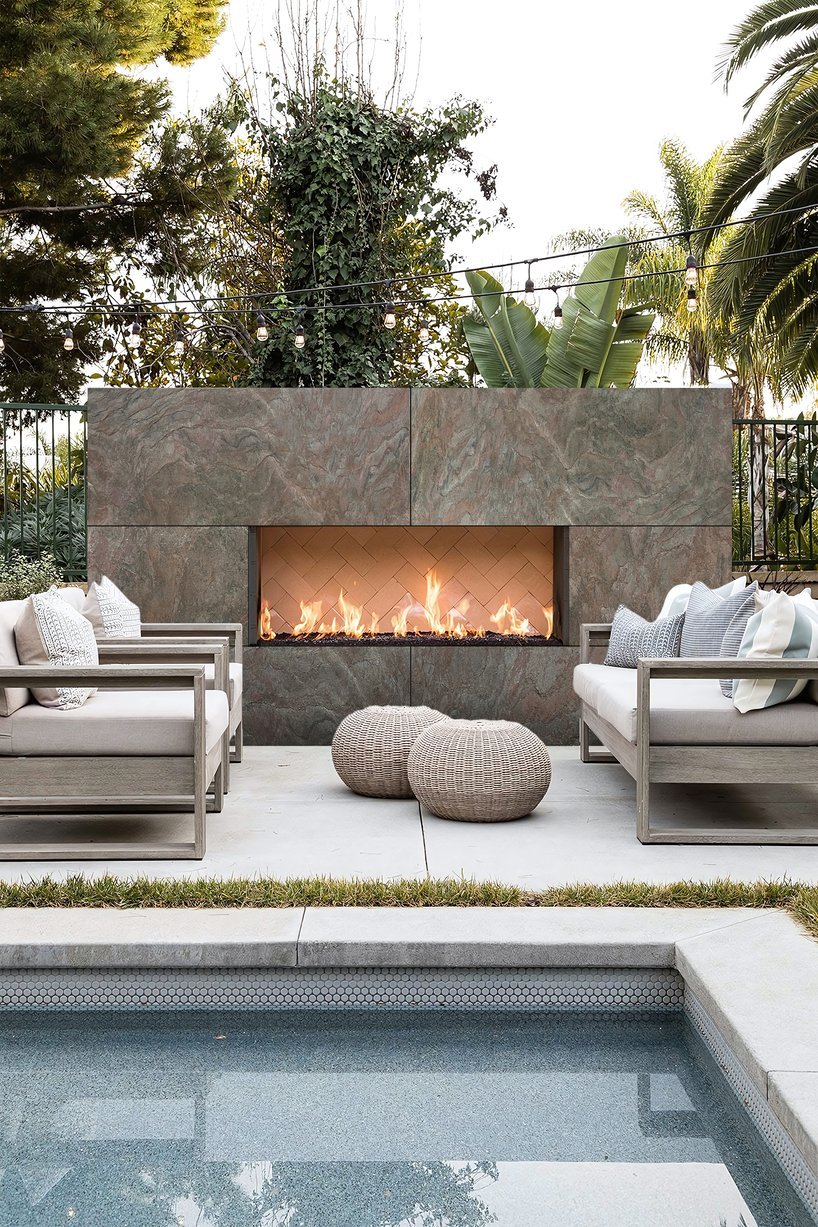
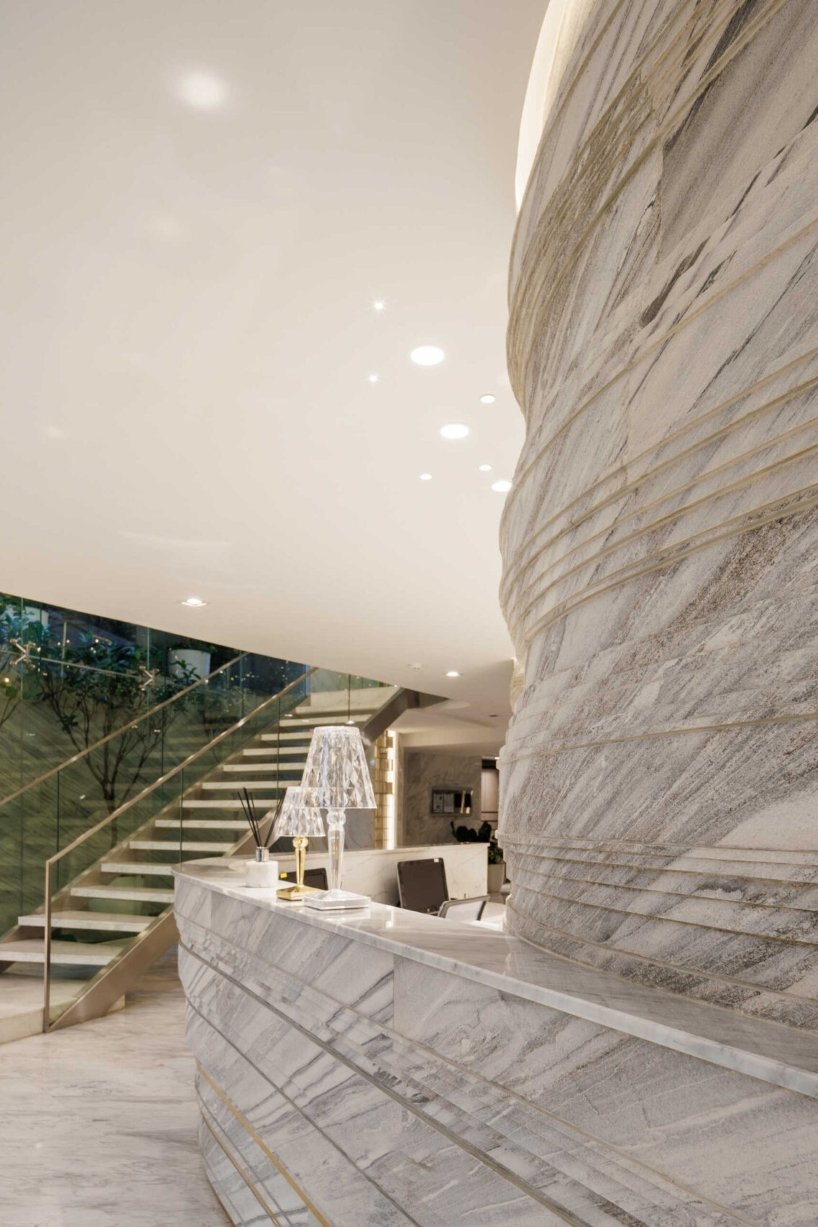
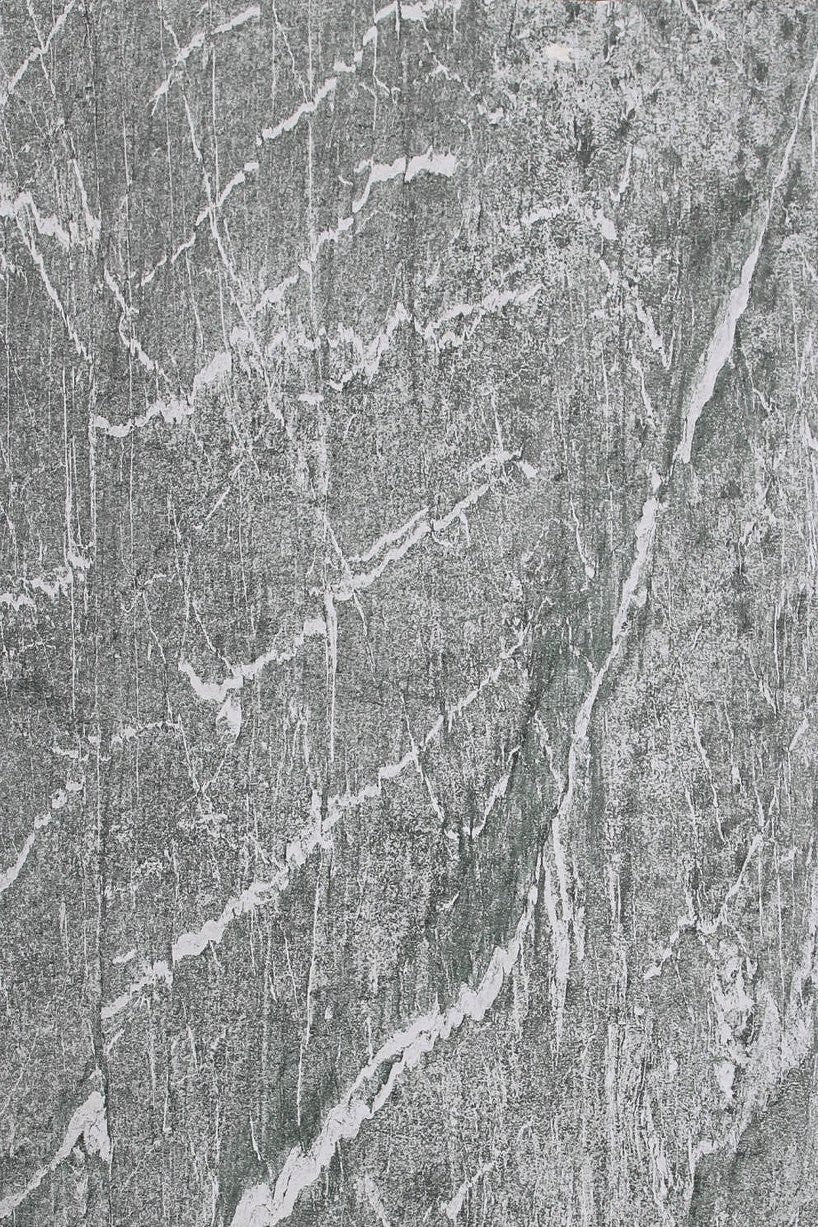
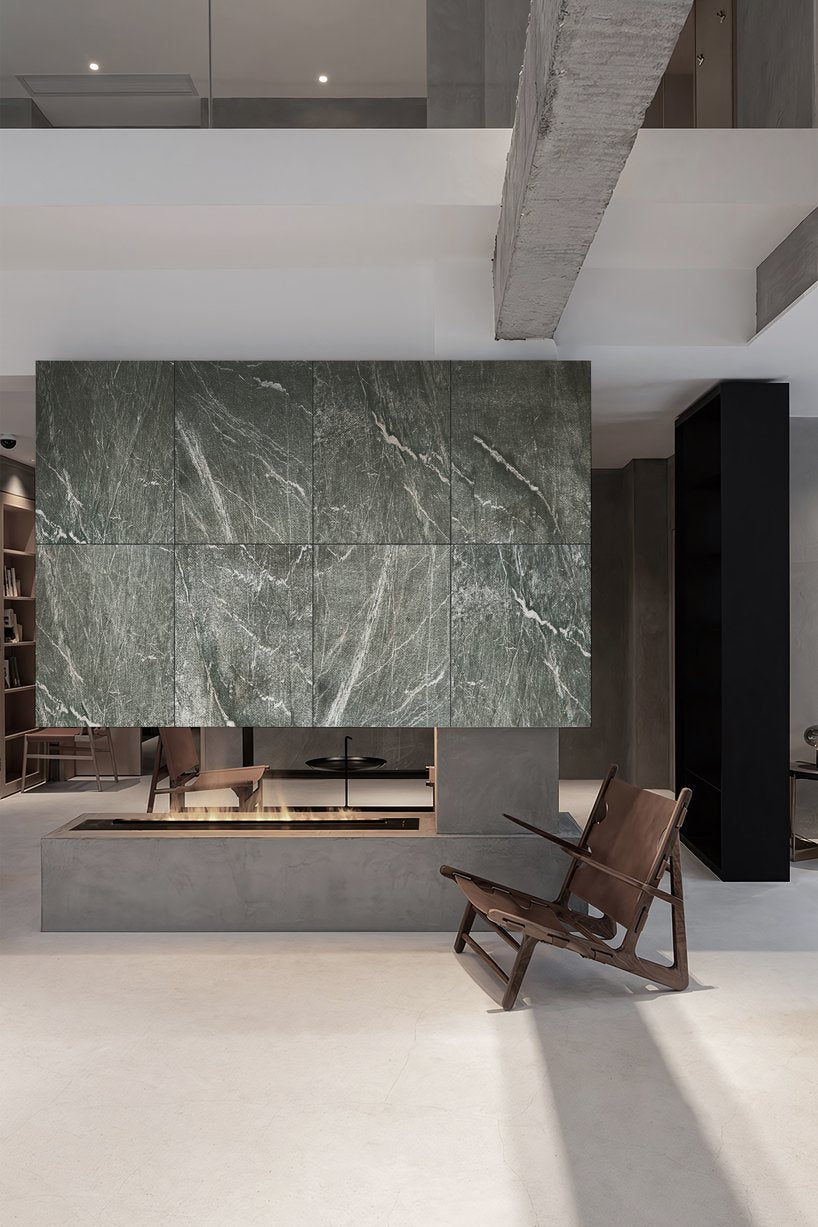
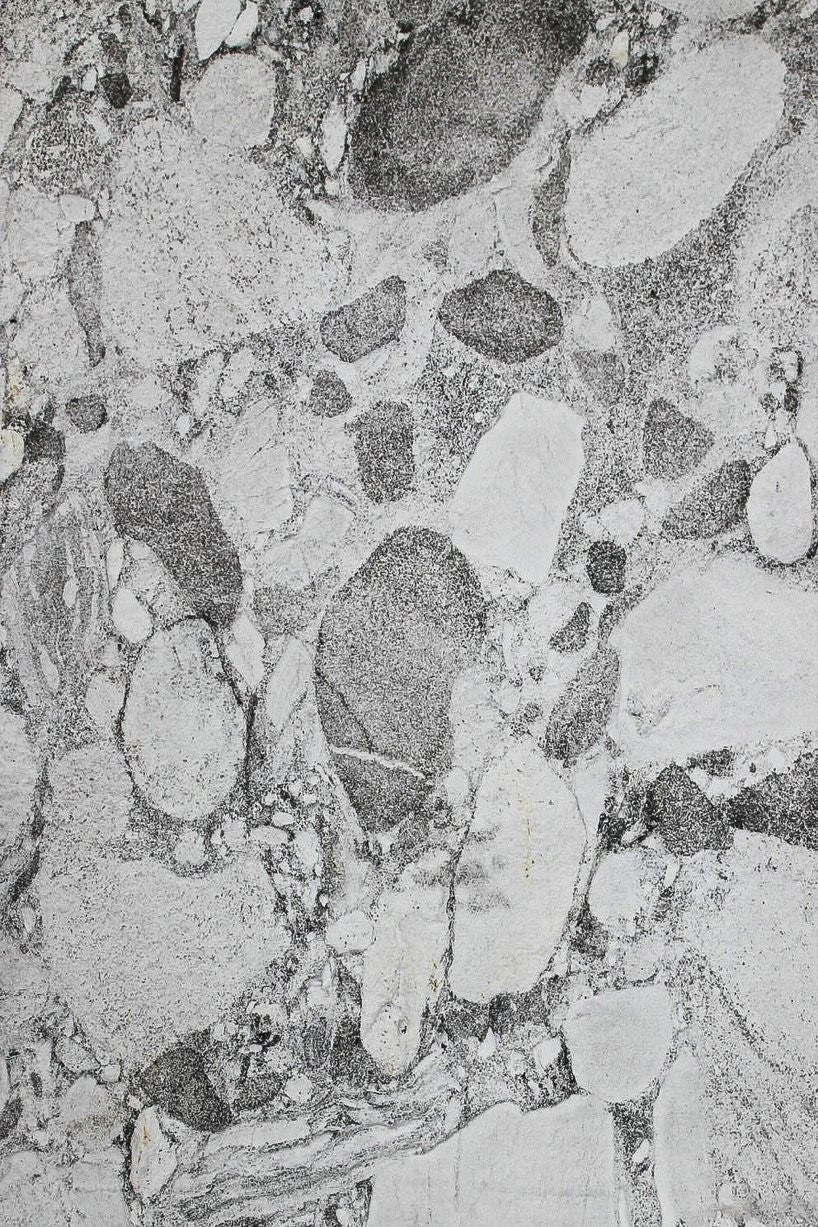
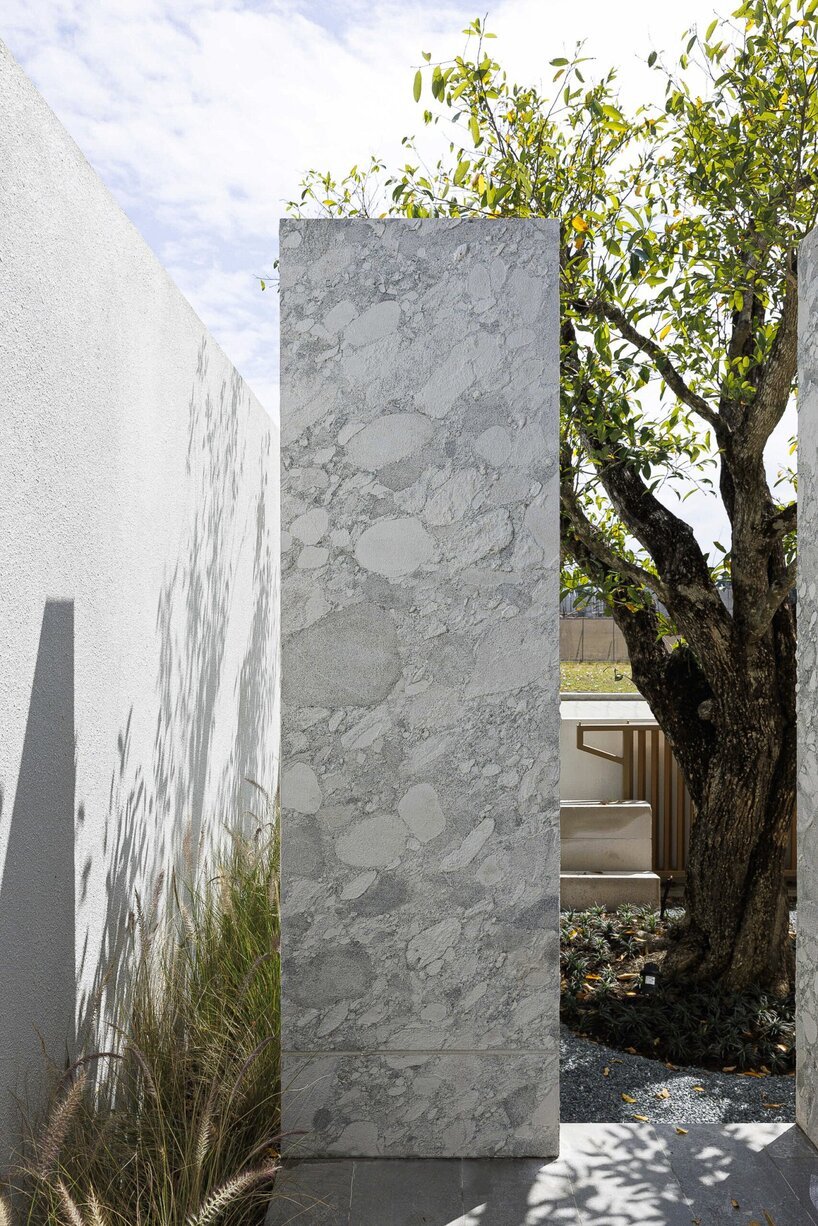
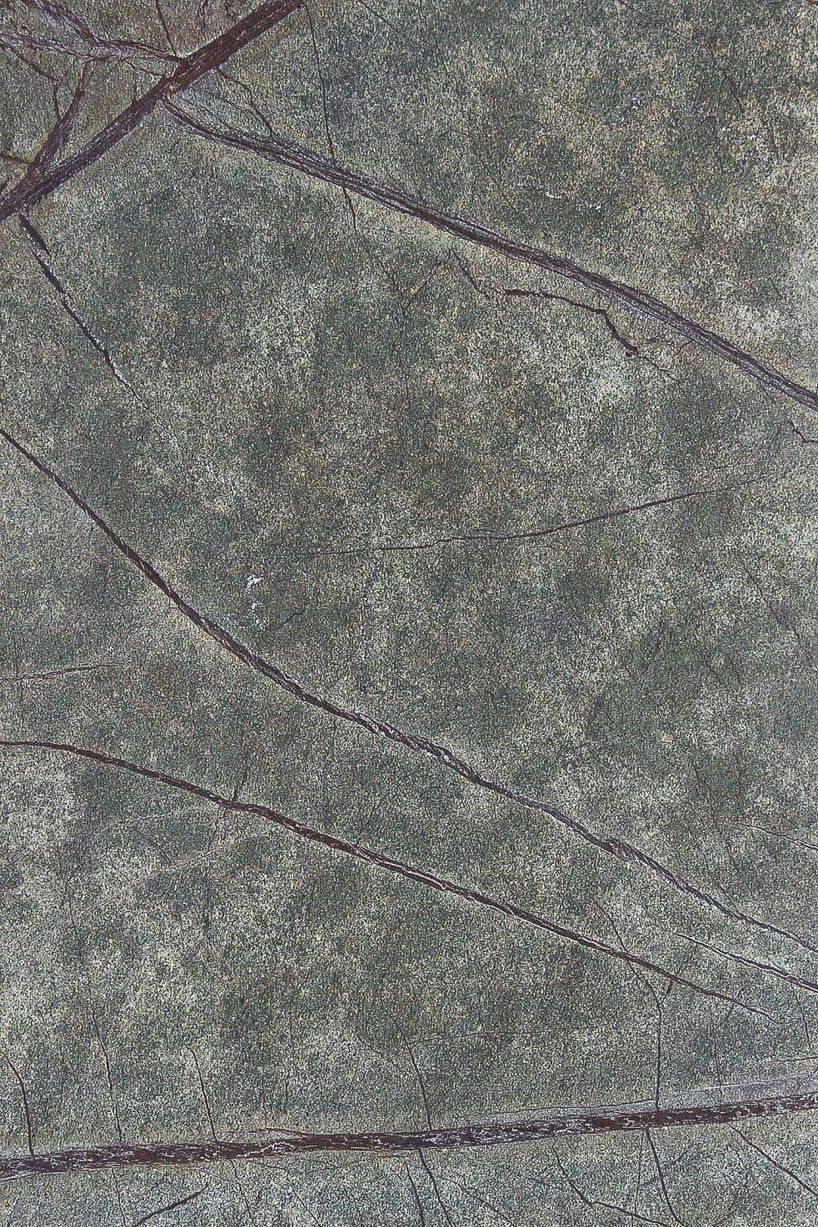
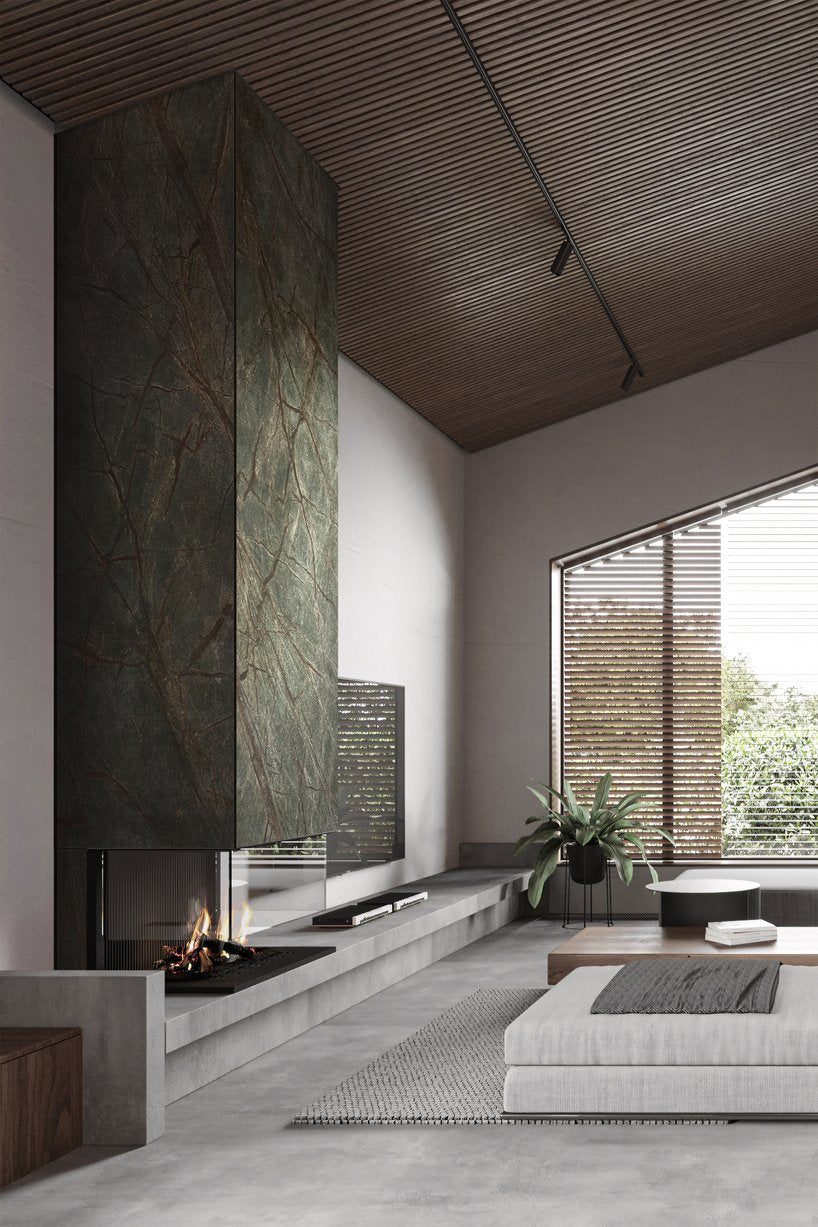
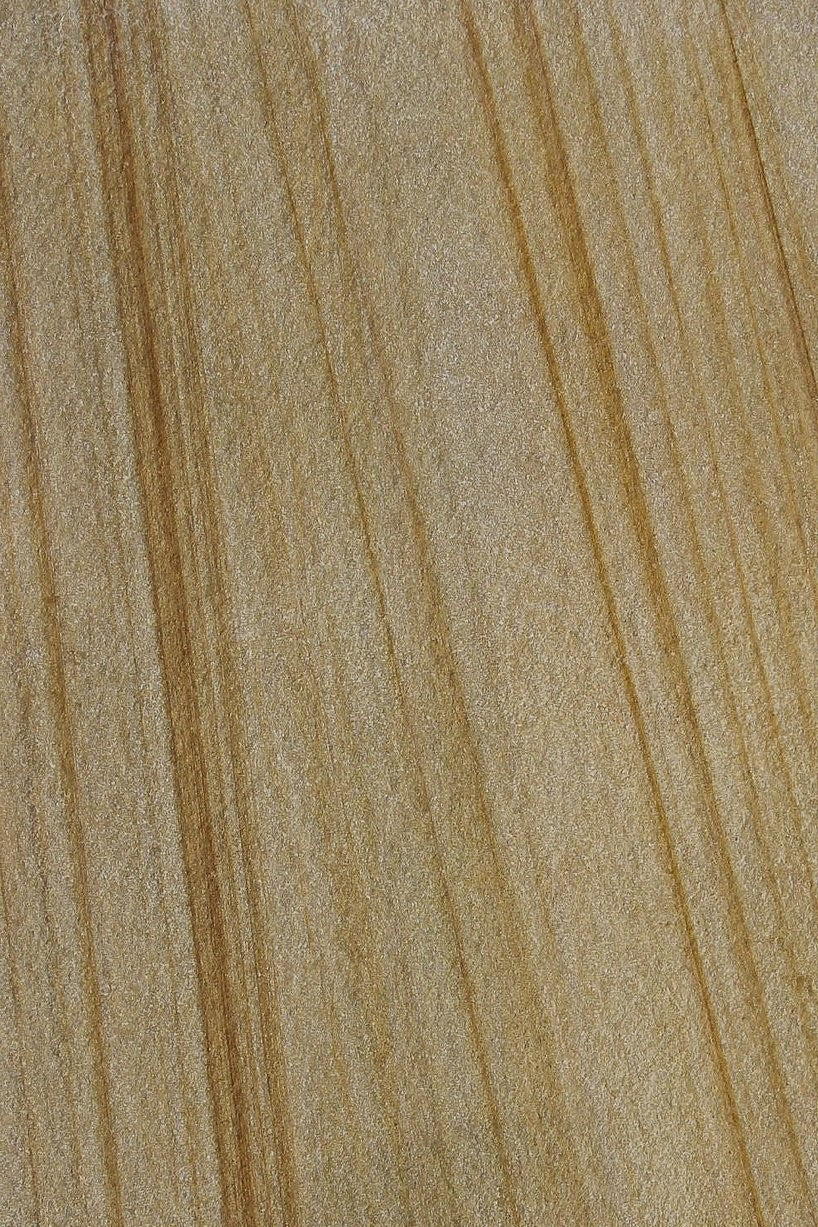
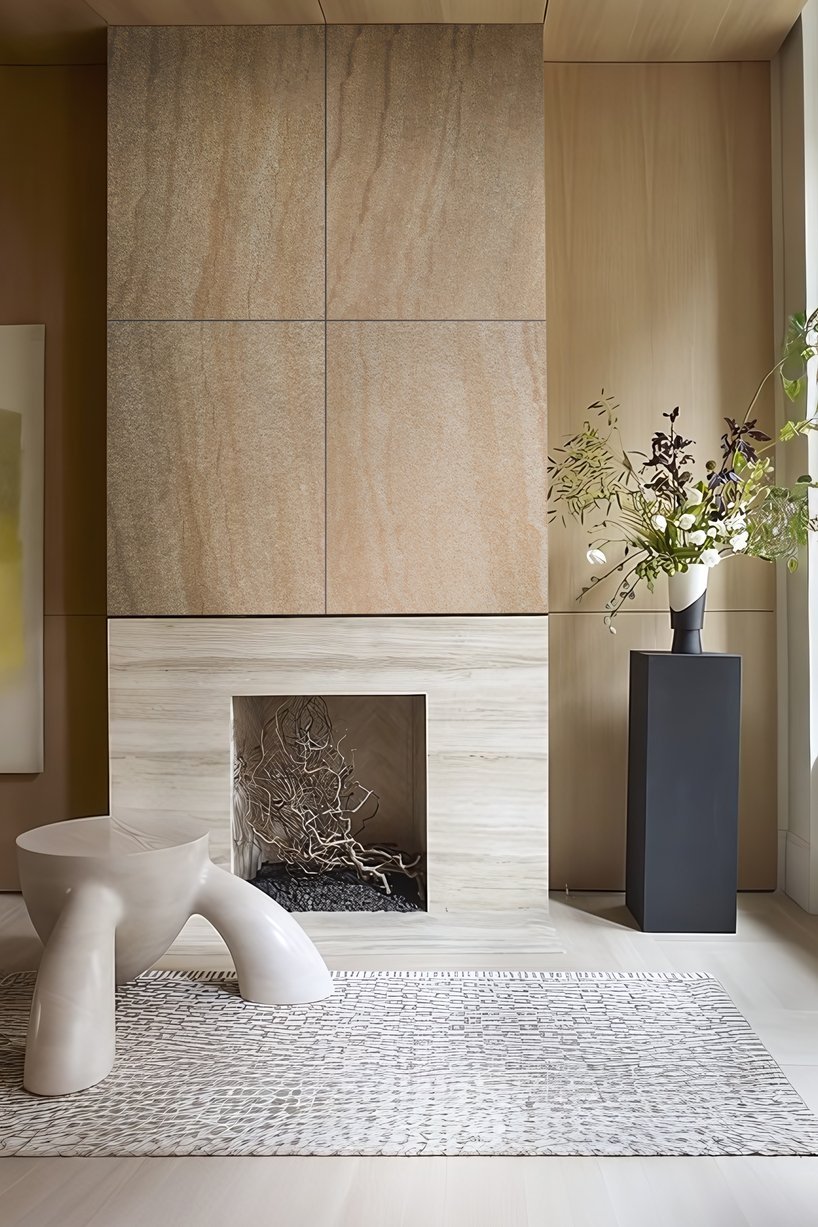
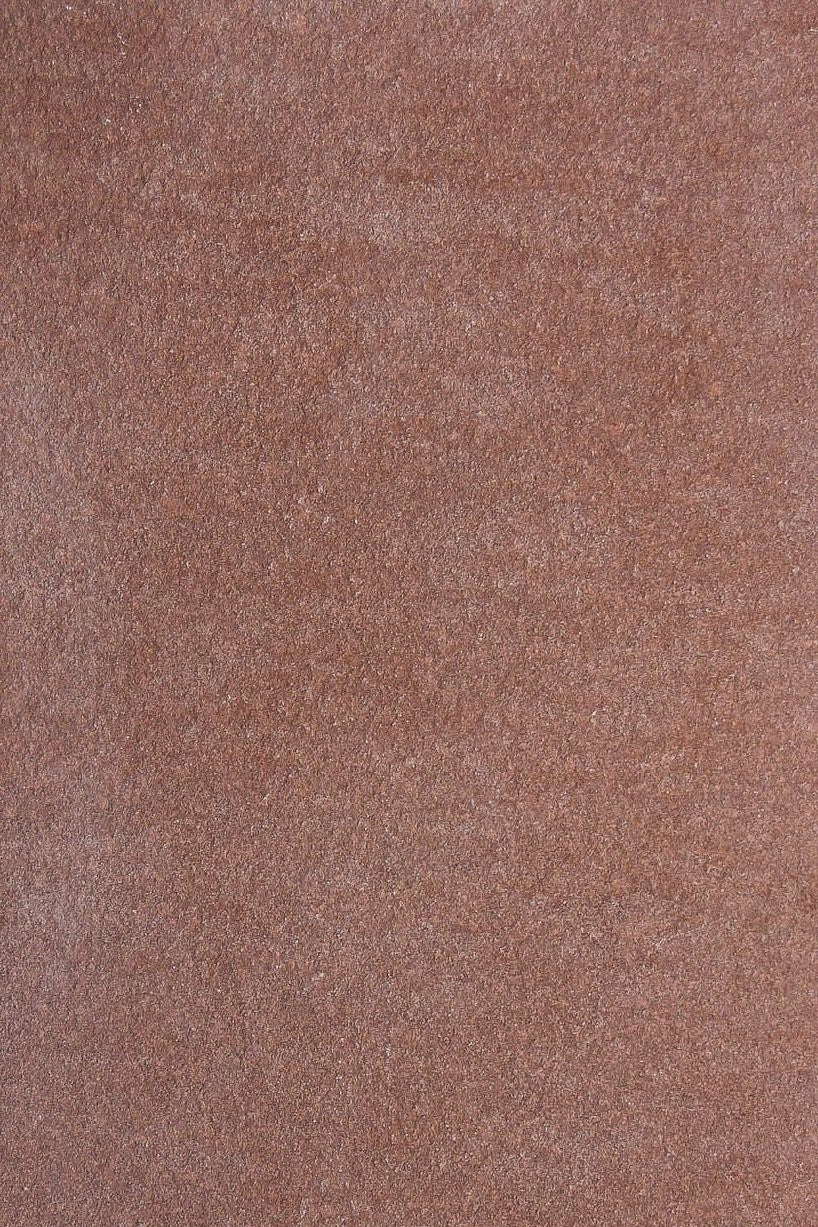
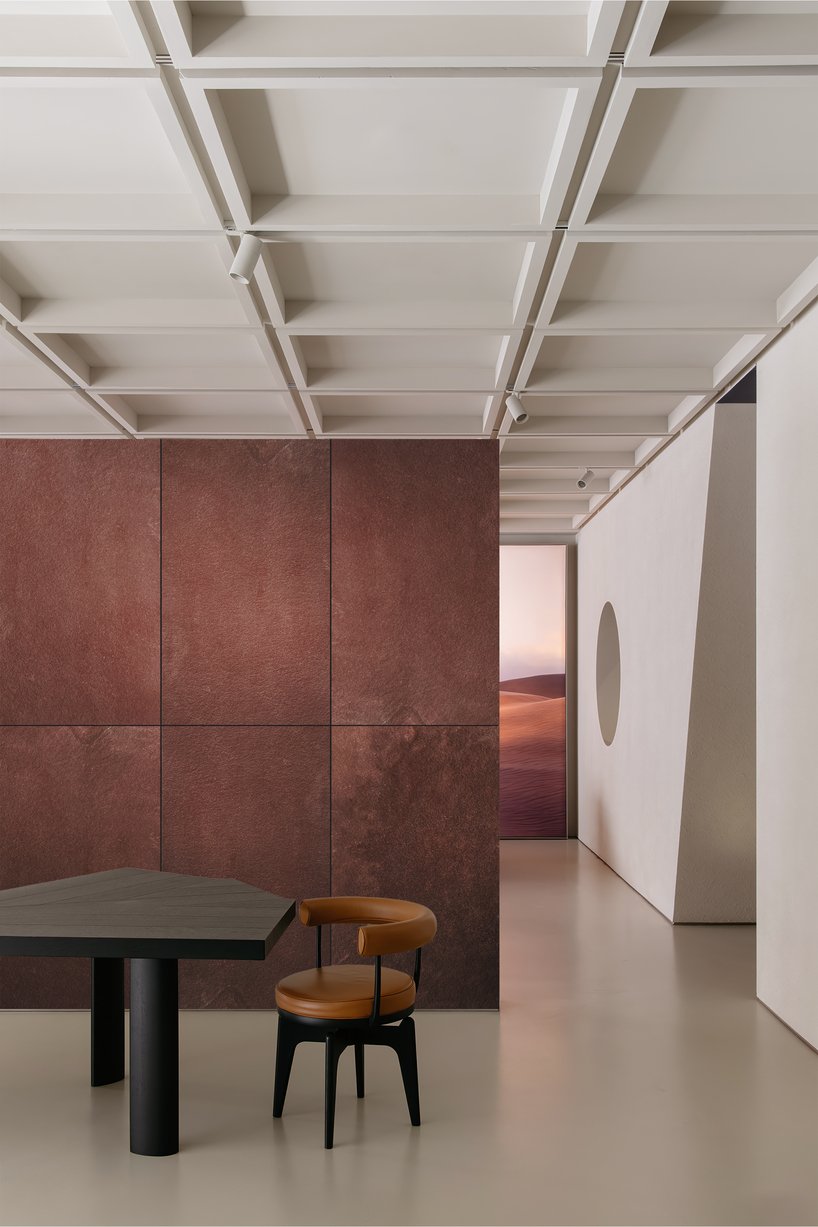
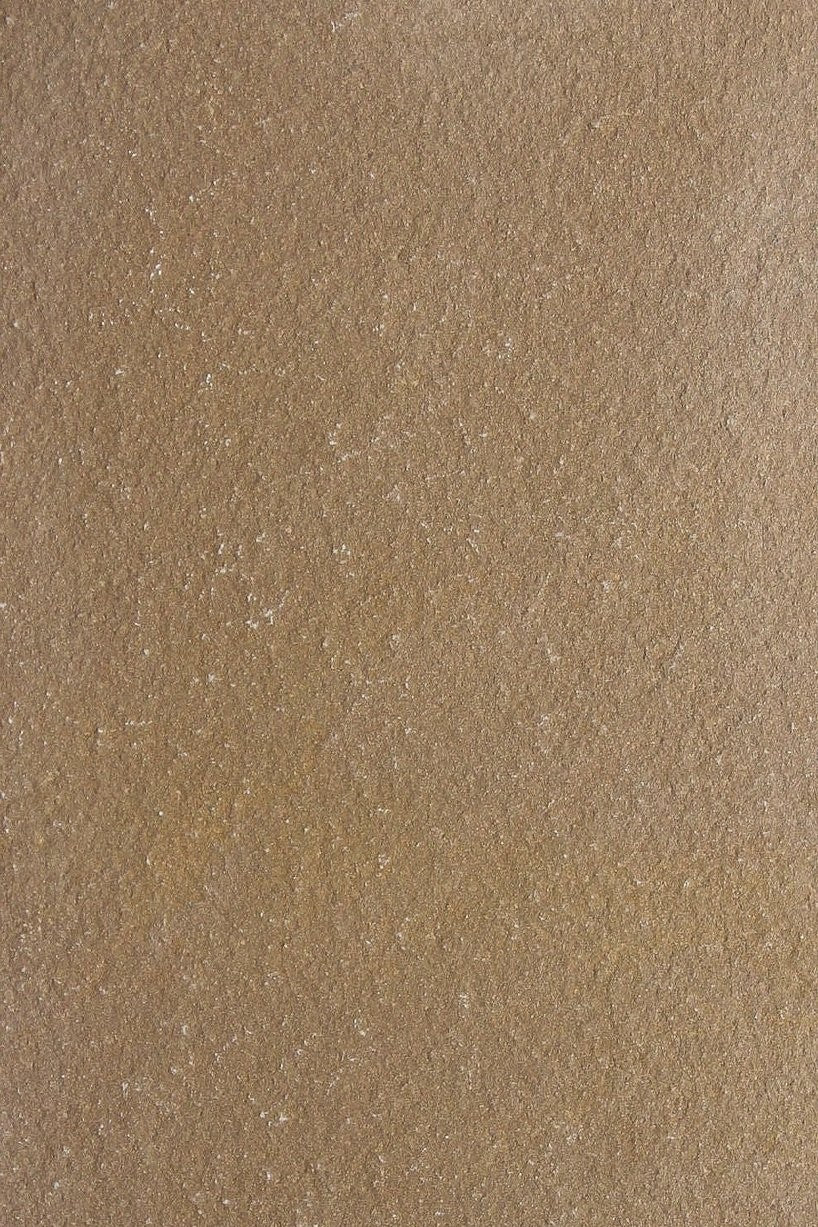
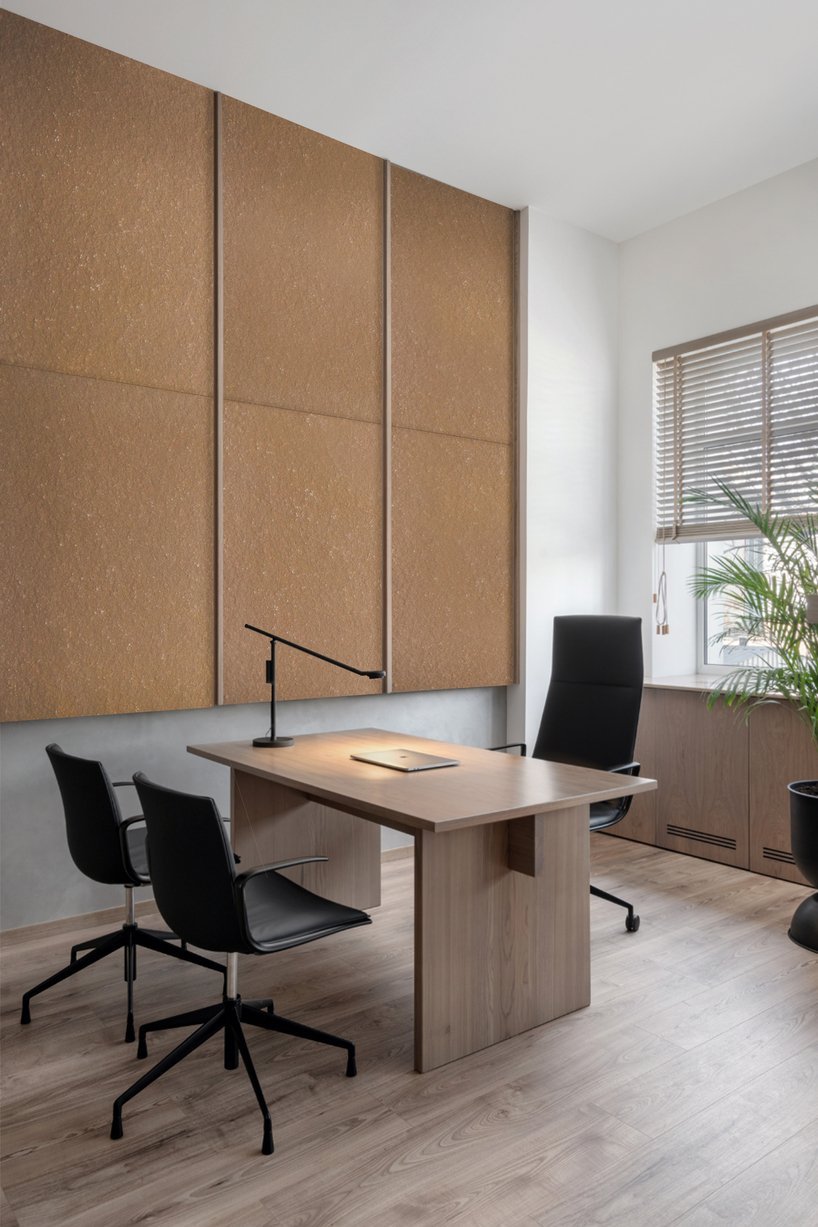

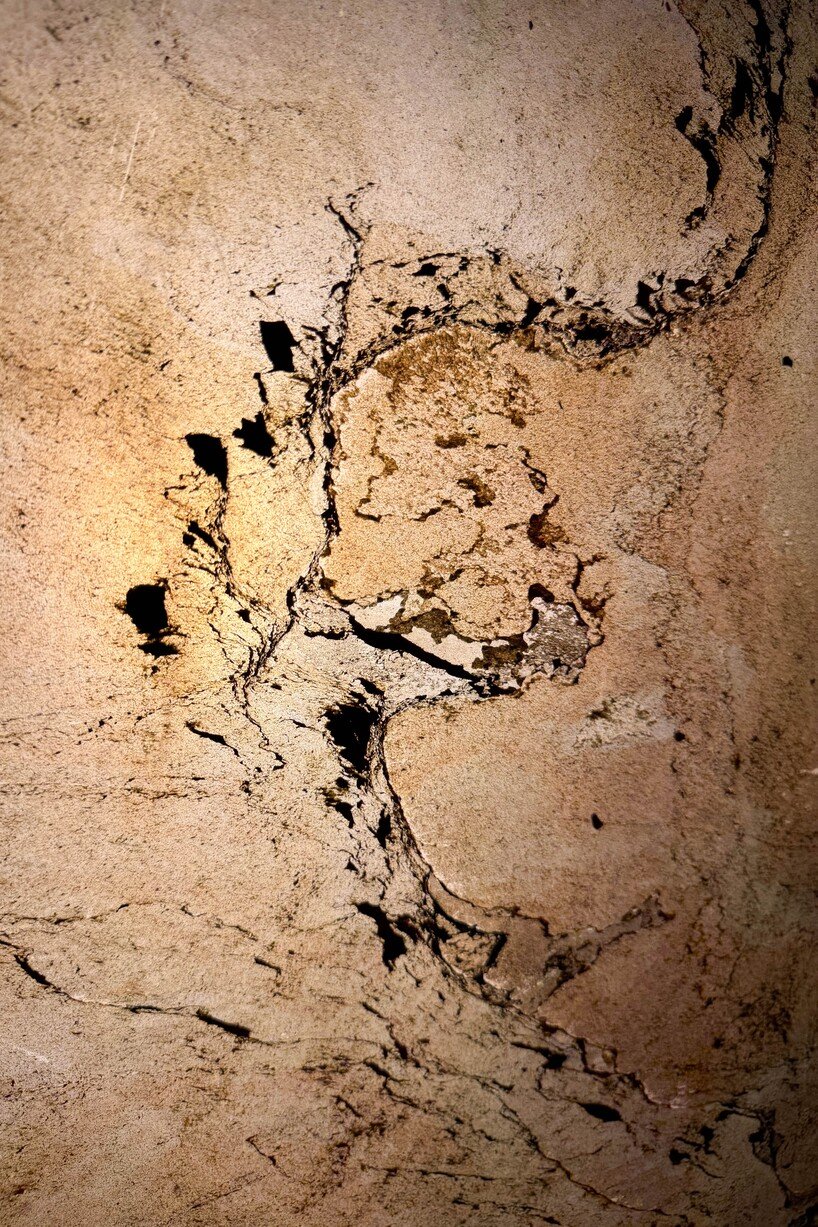
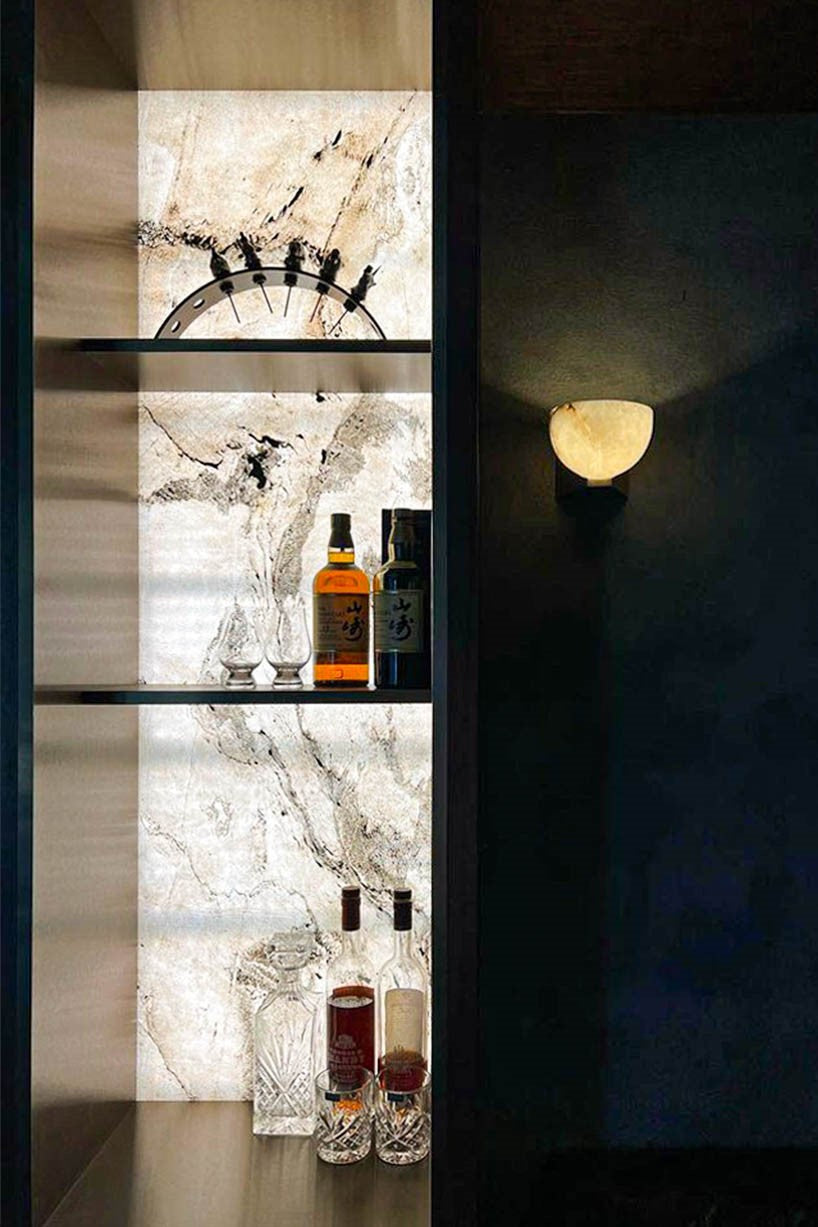
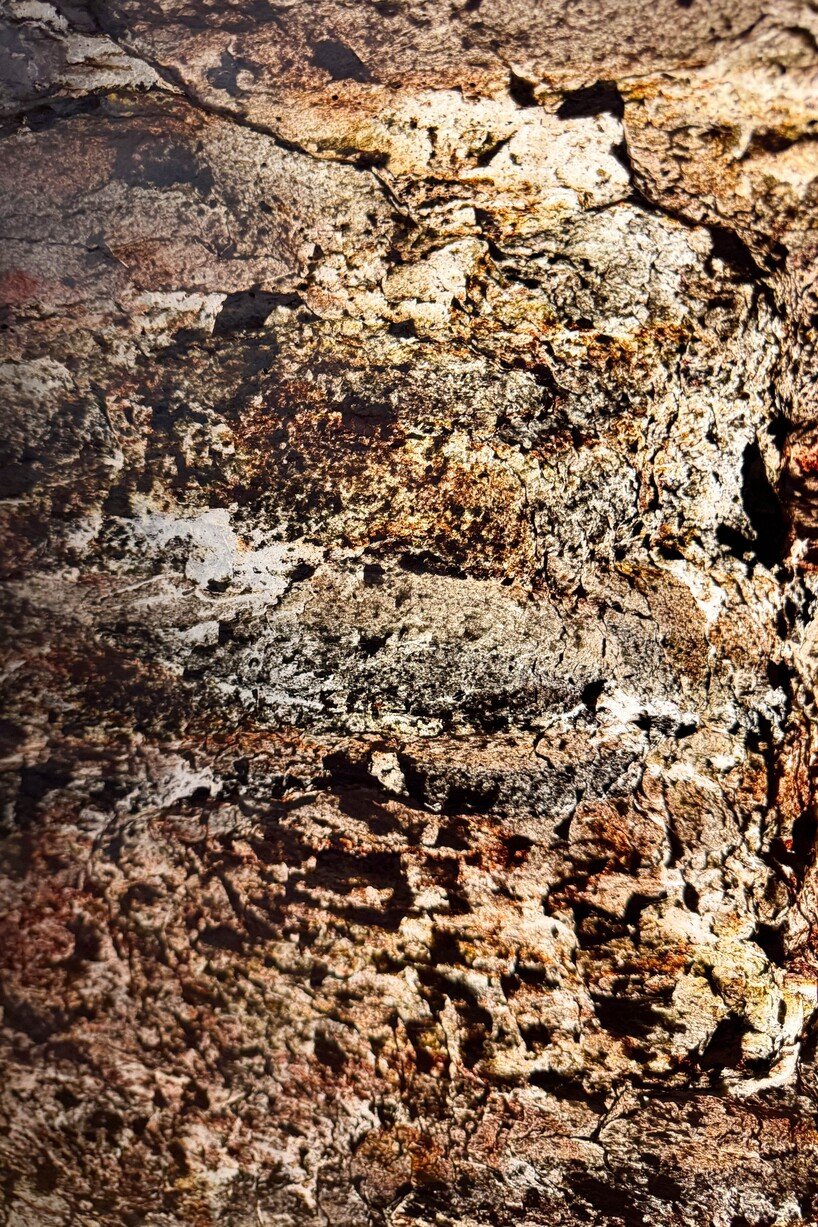
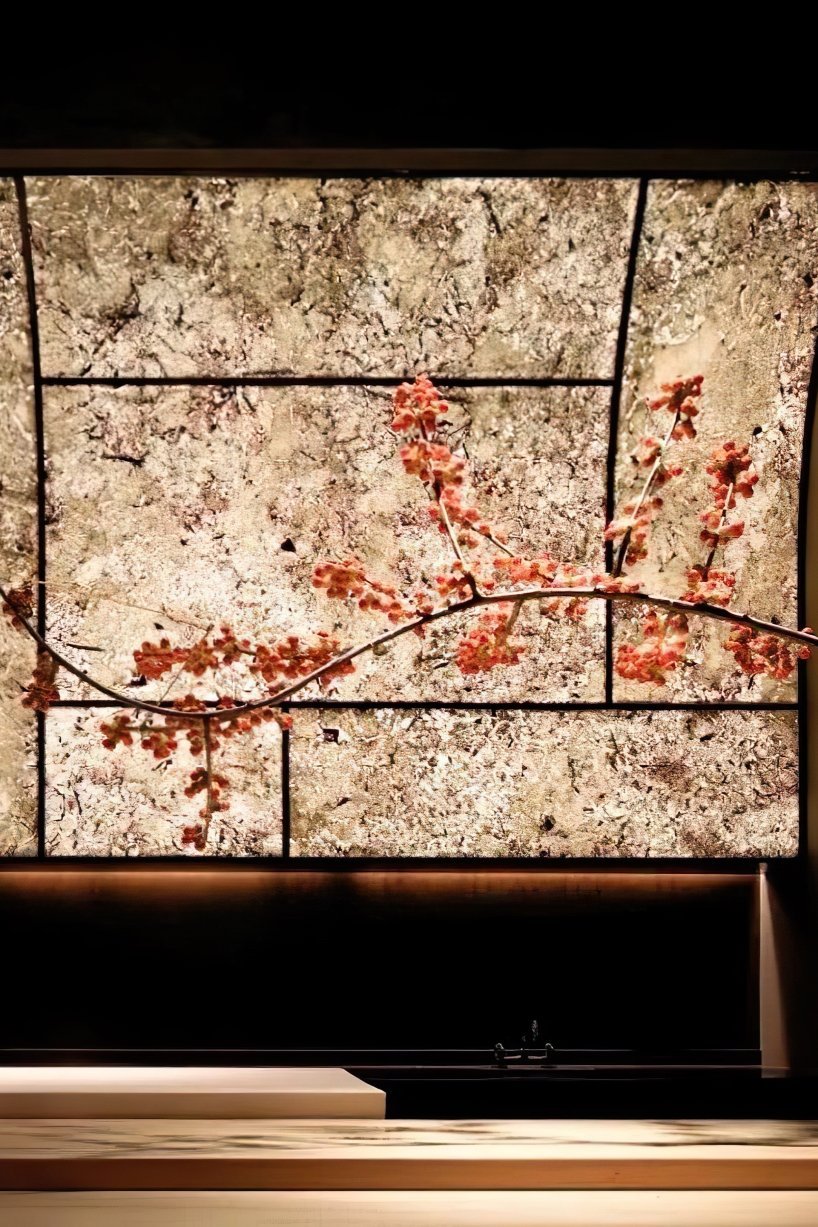
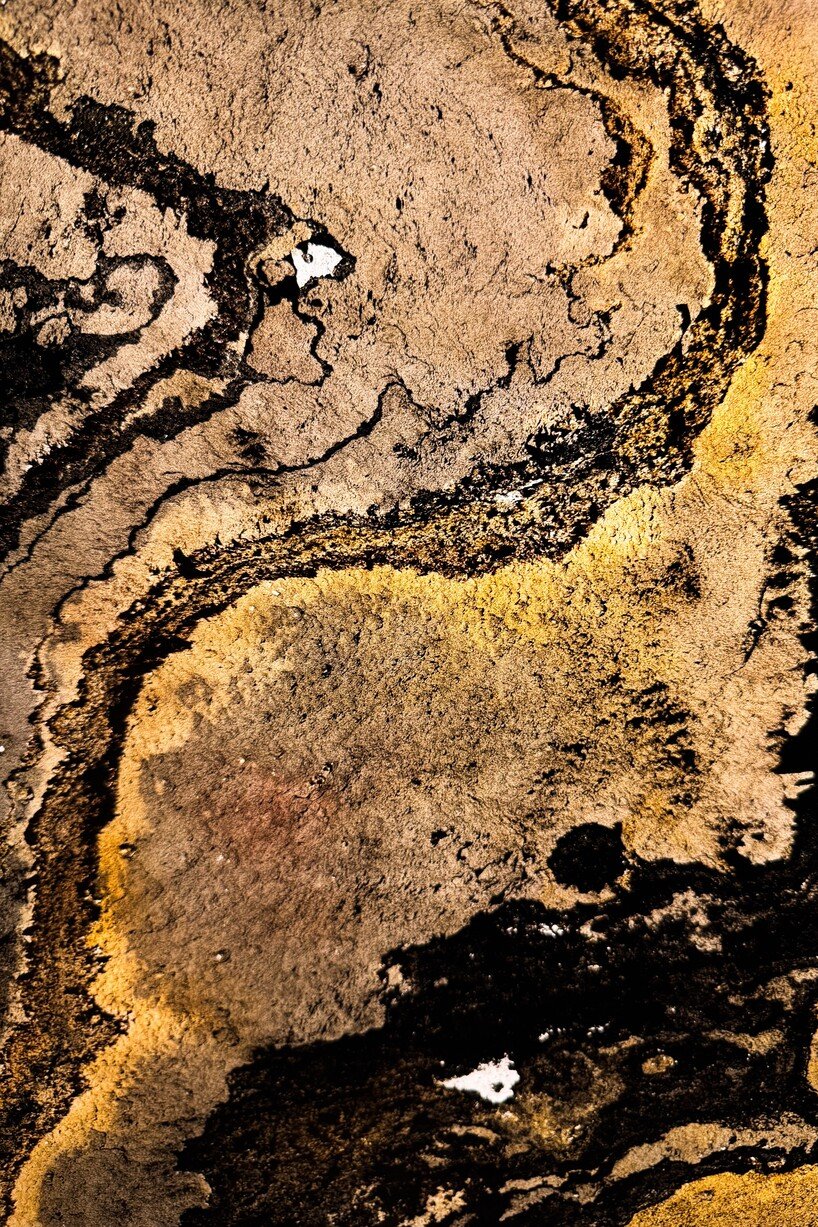

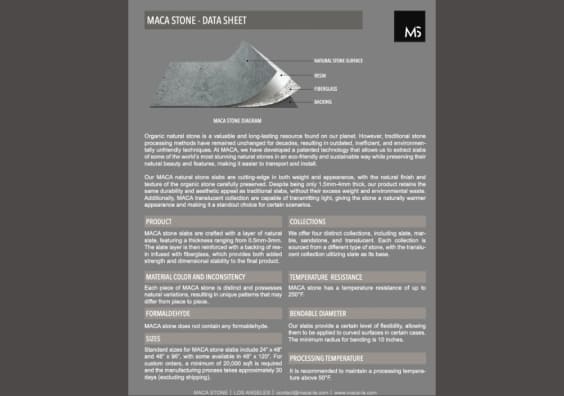
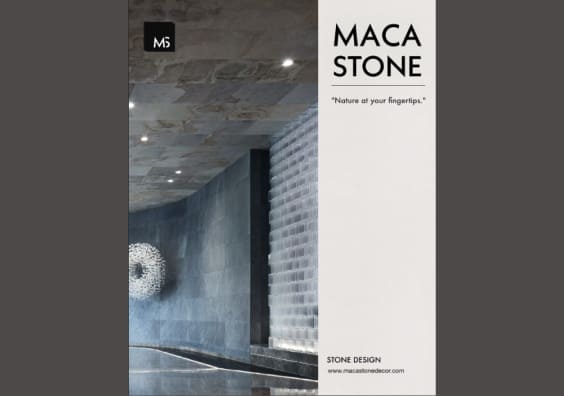
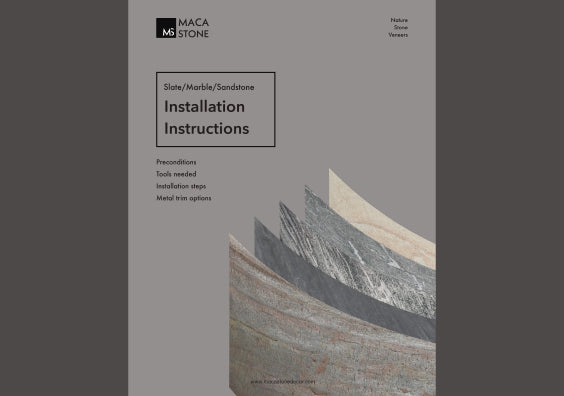
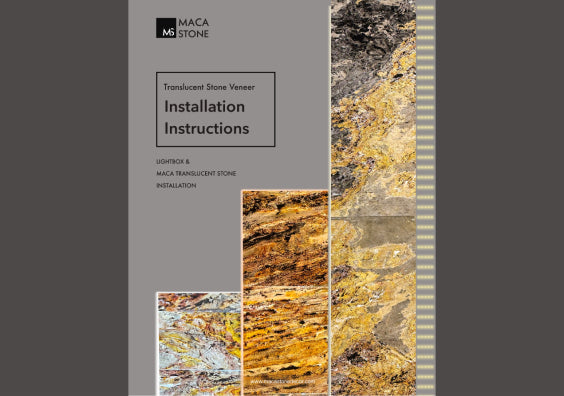
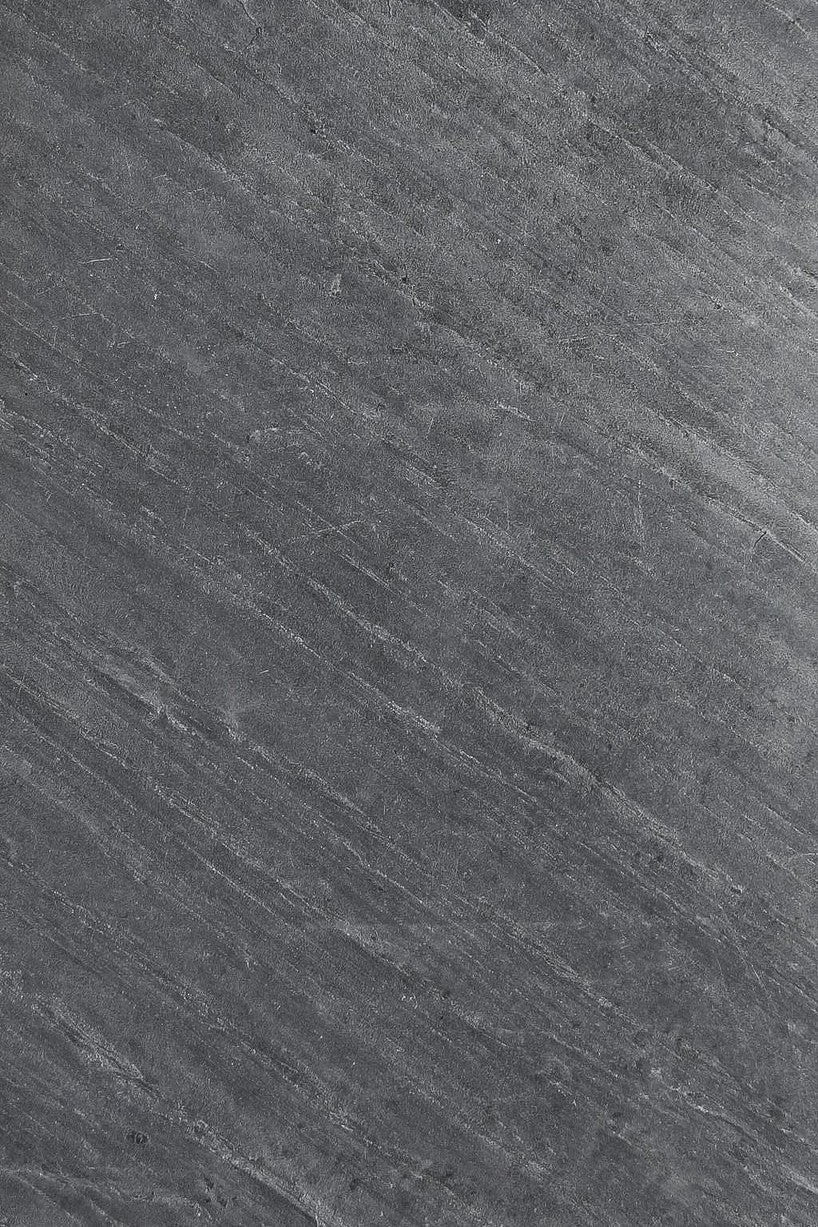
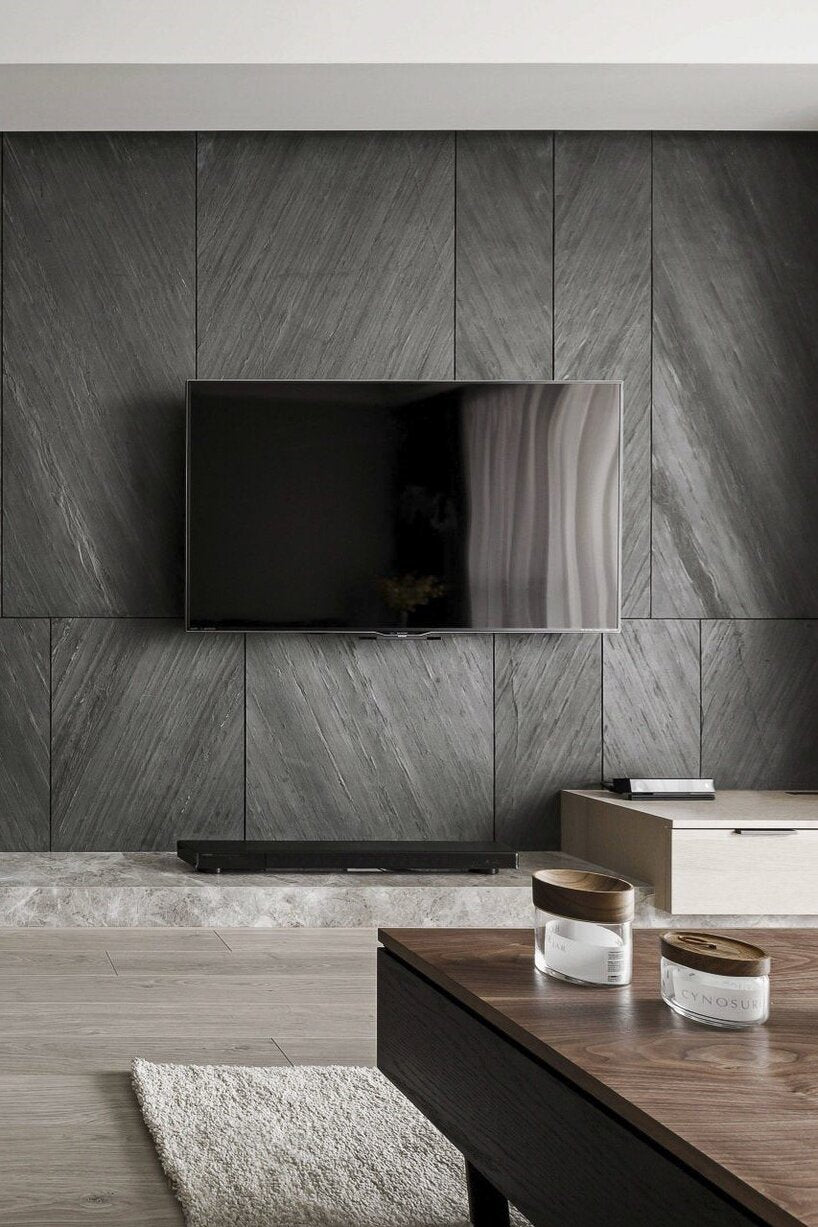
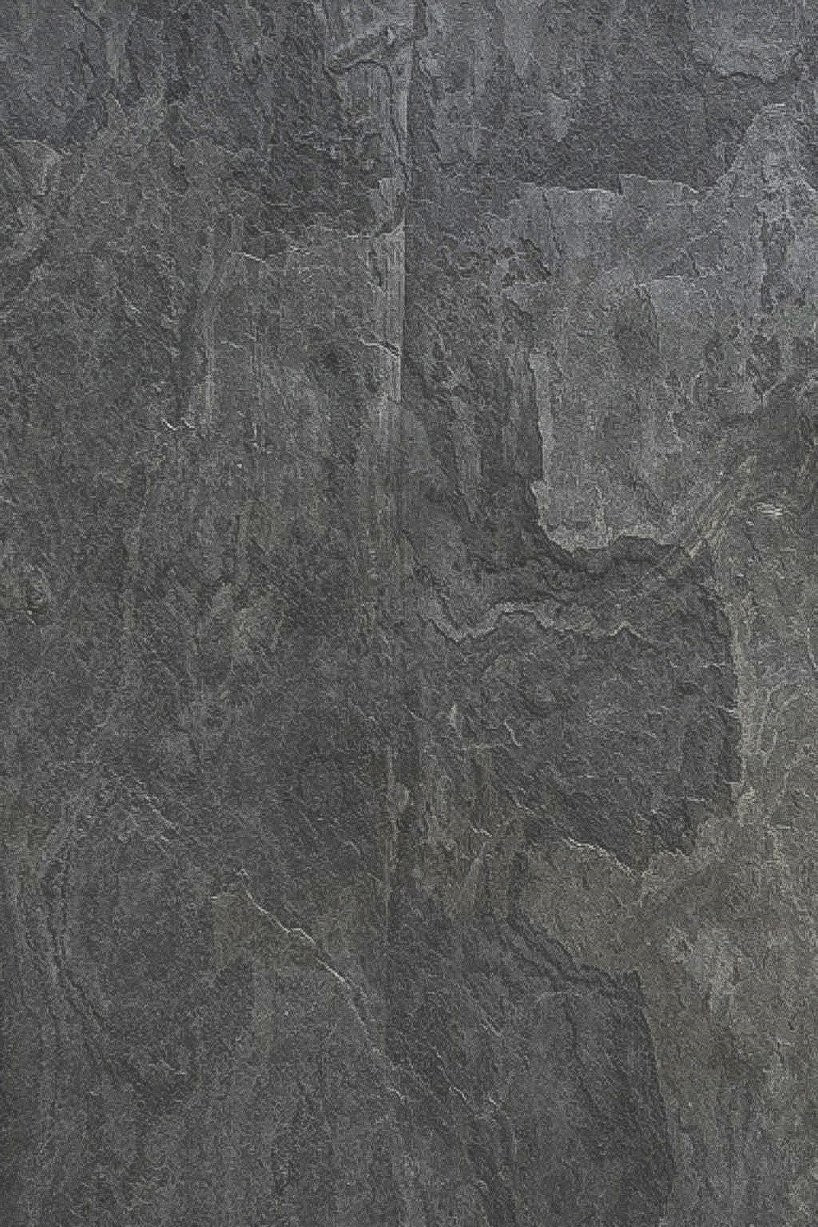
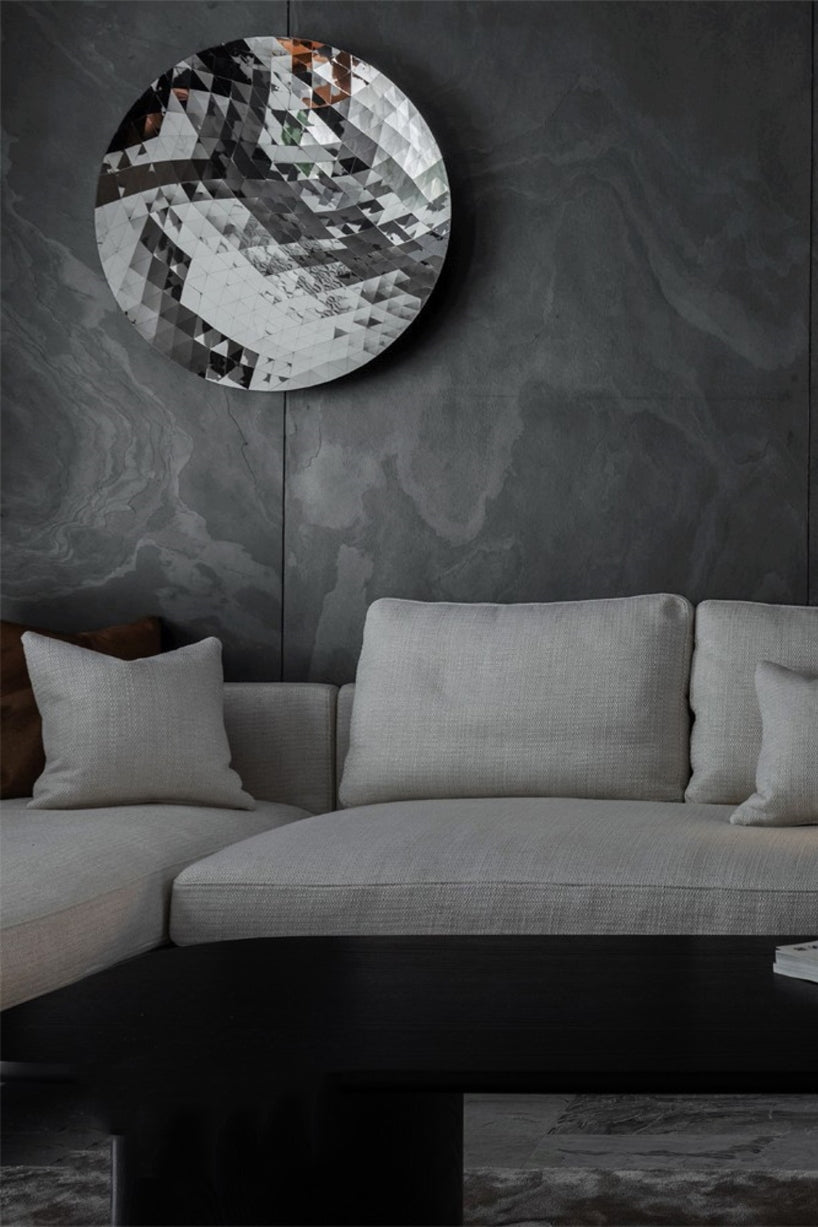
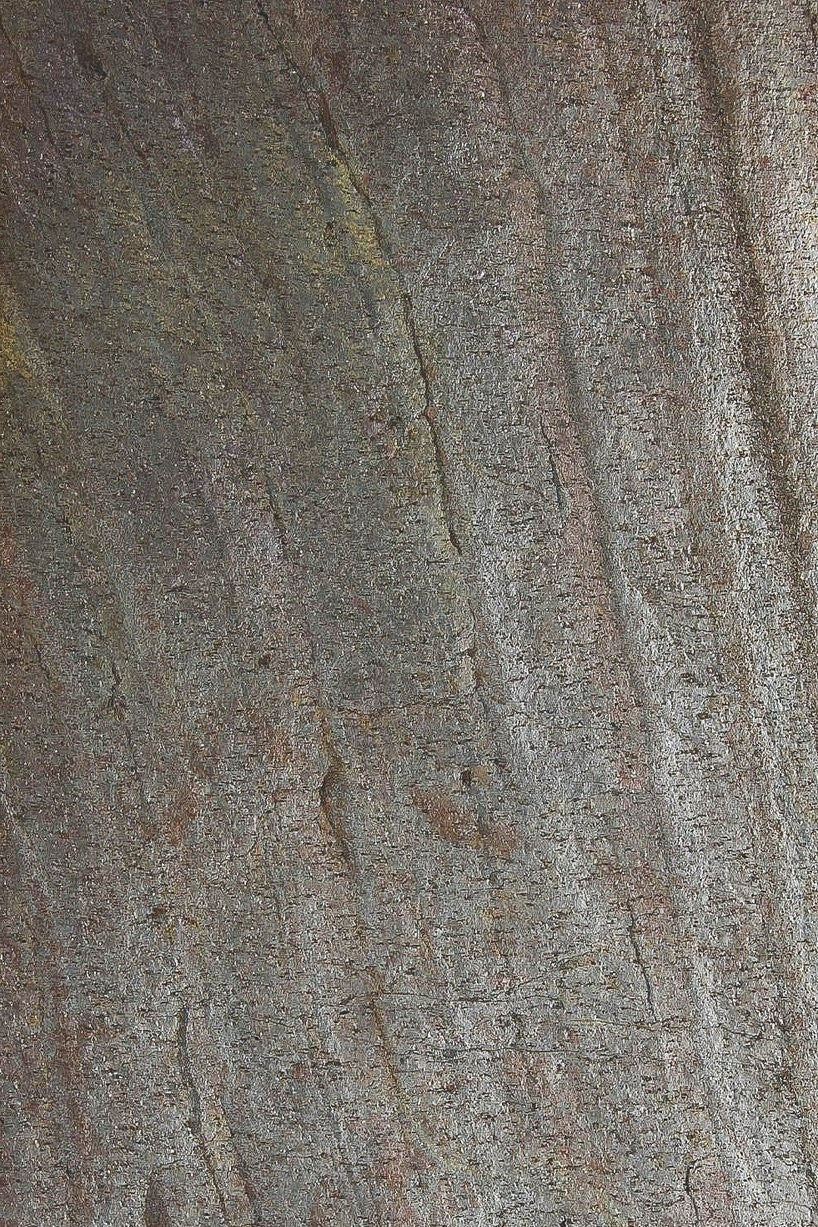
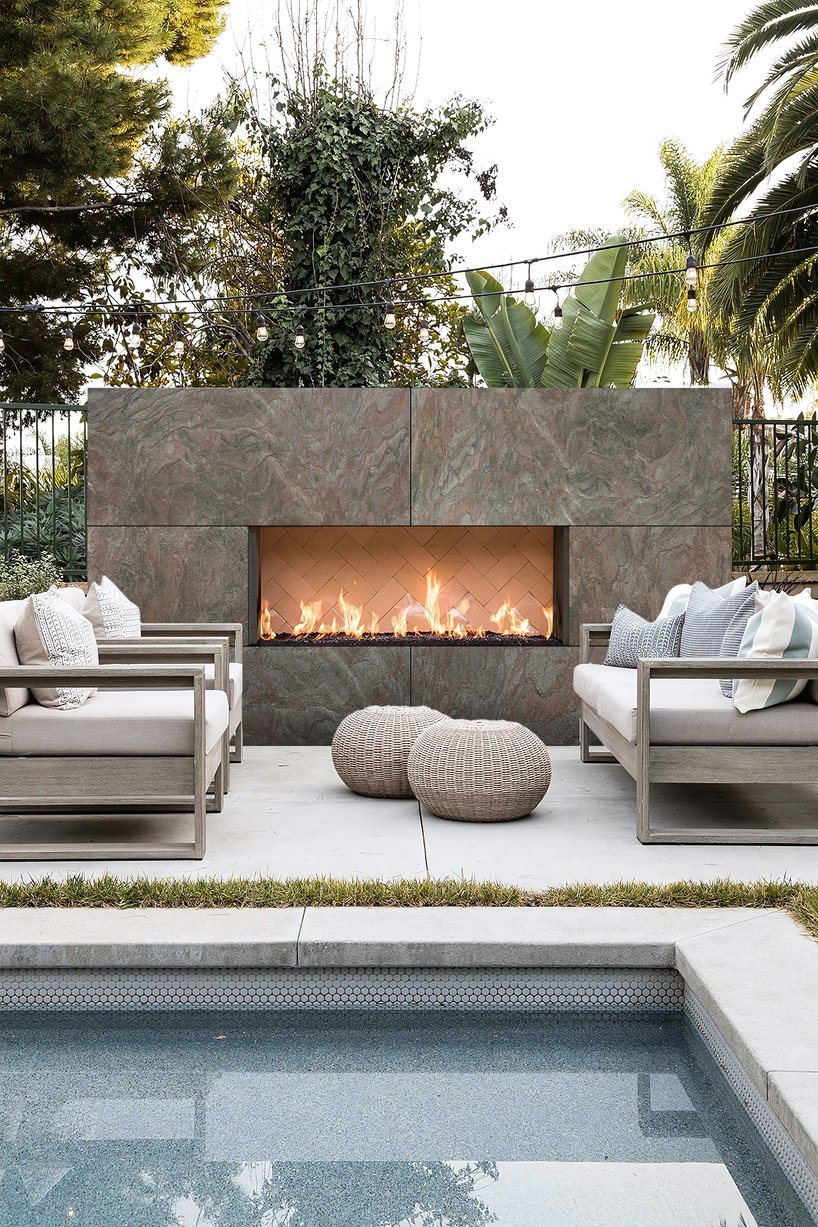
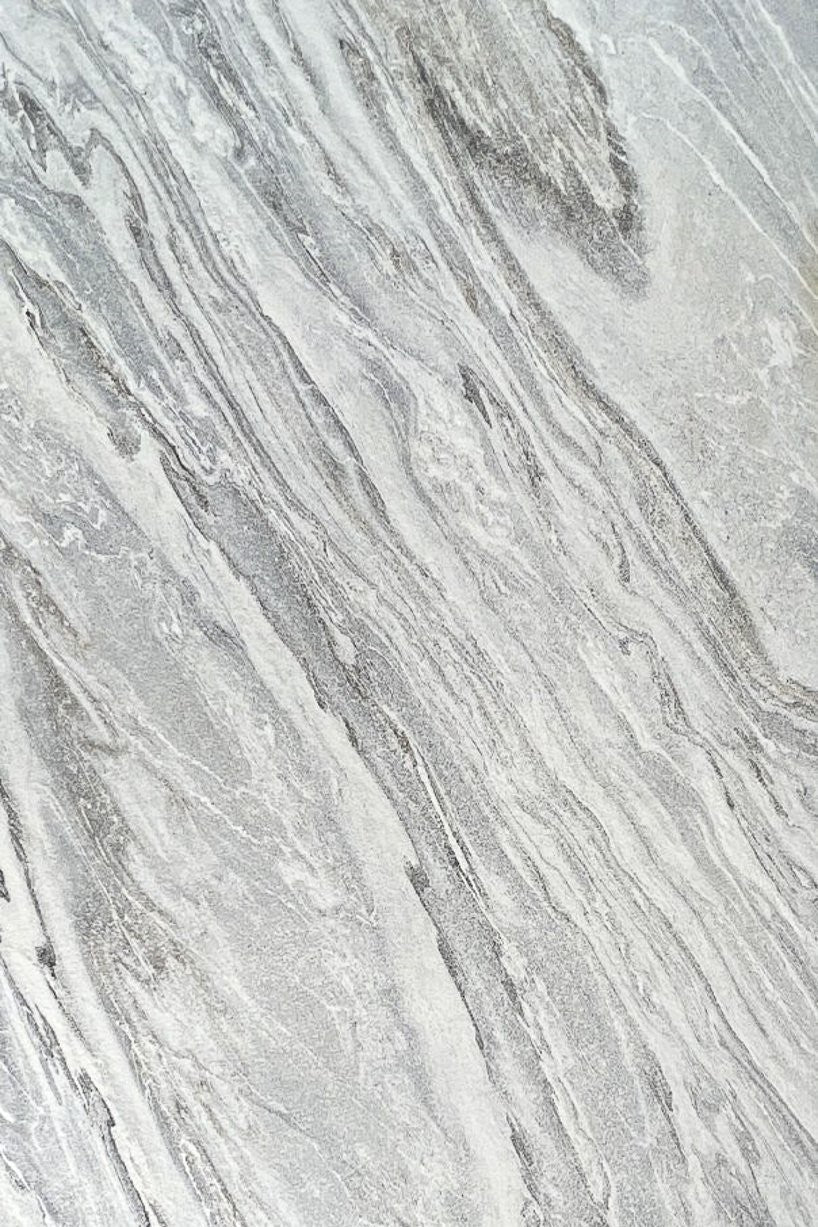
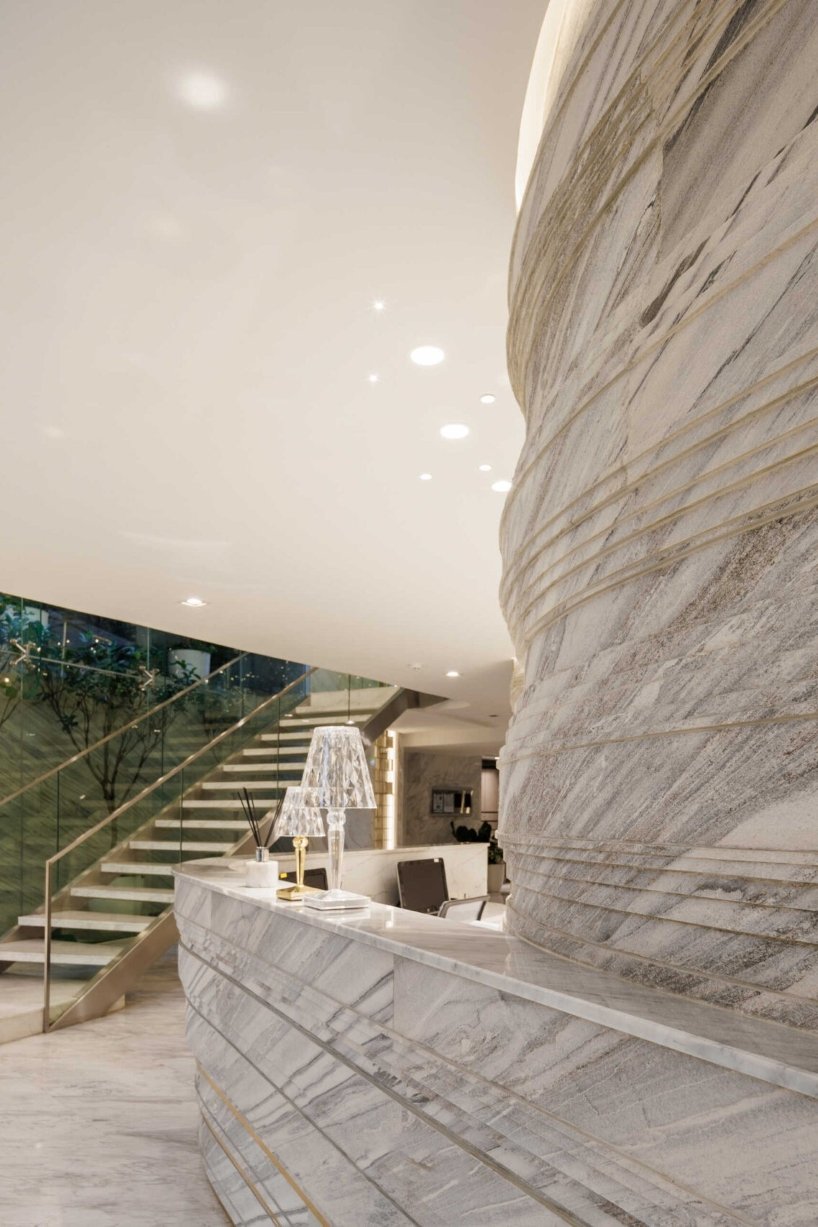
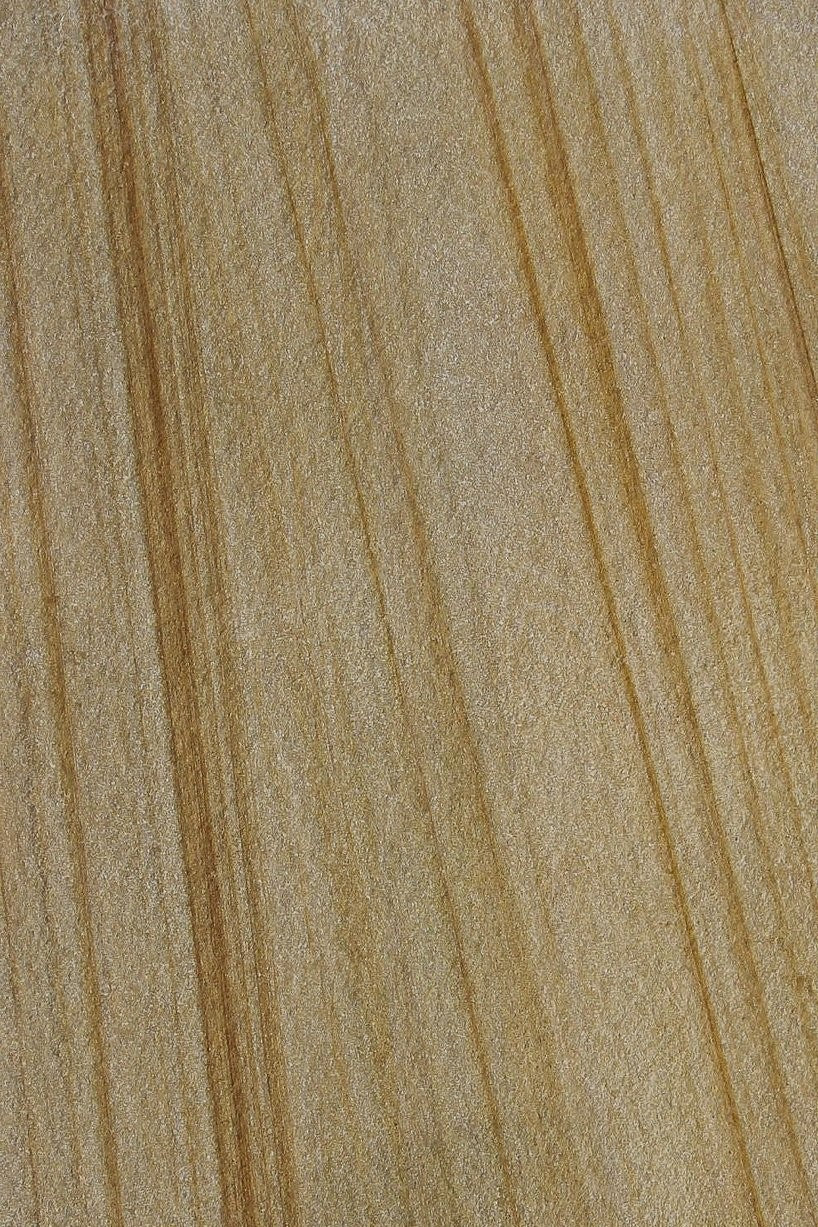
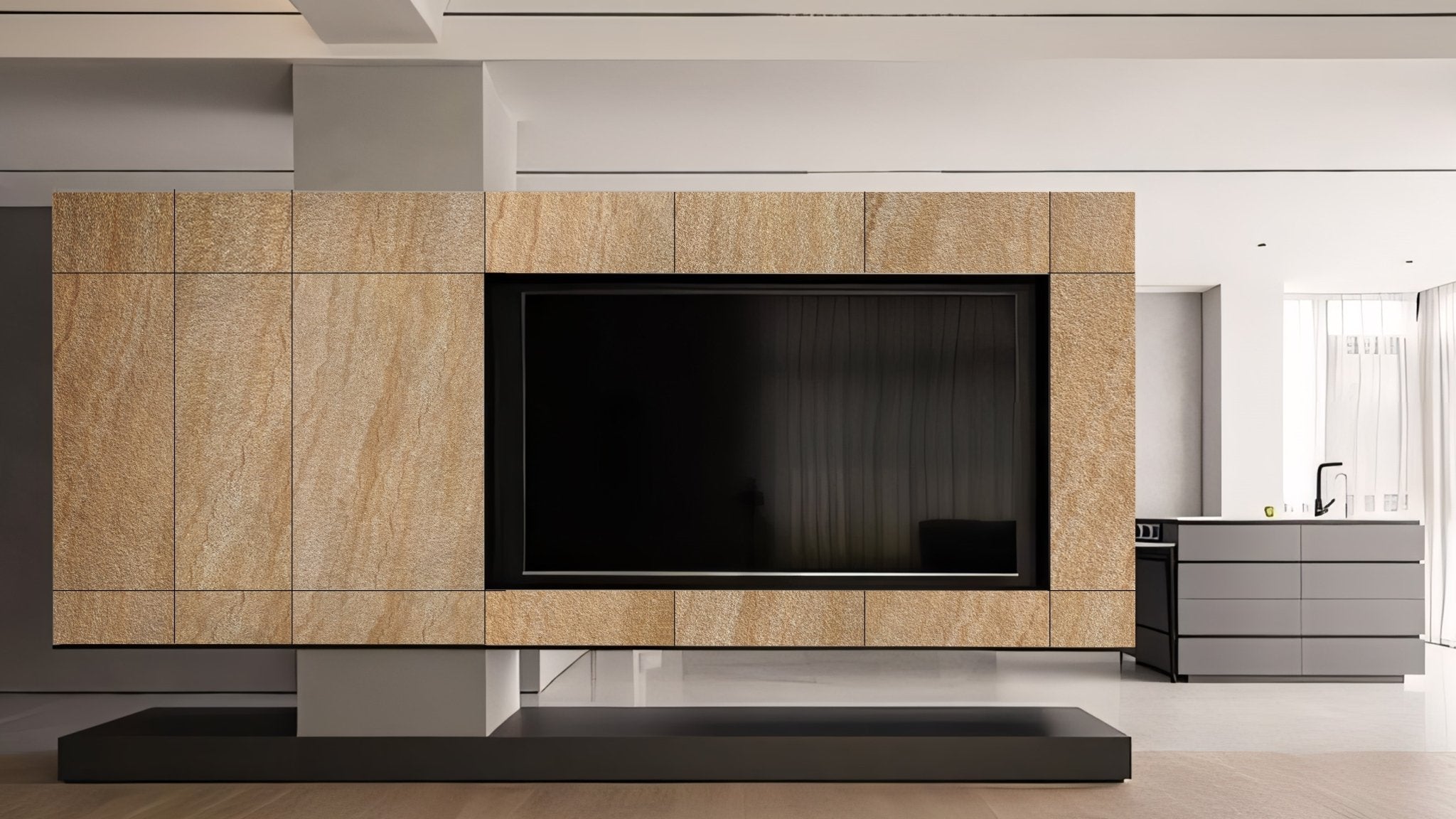
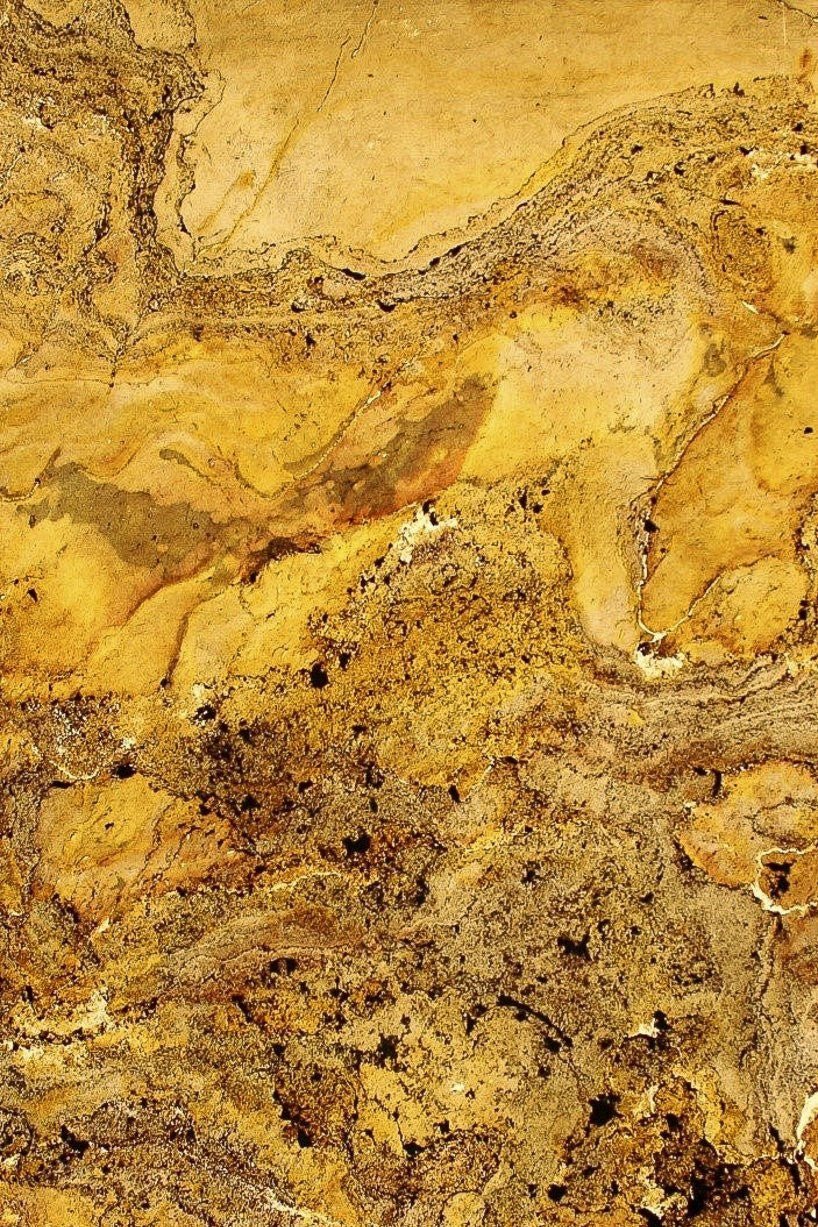
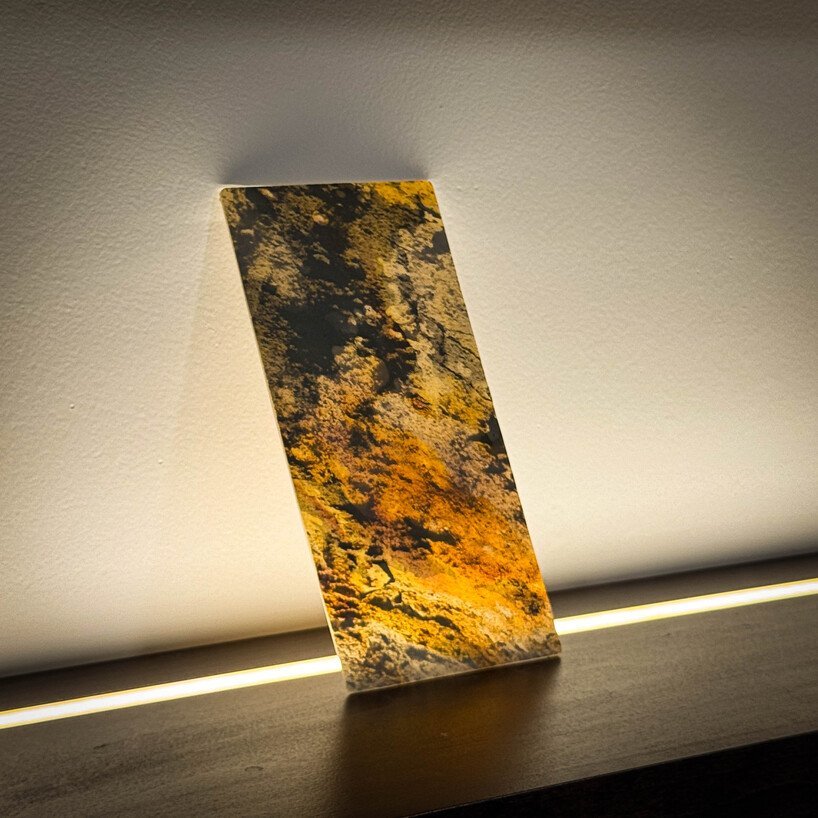


 213-650-6222
213-650-6222







